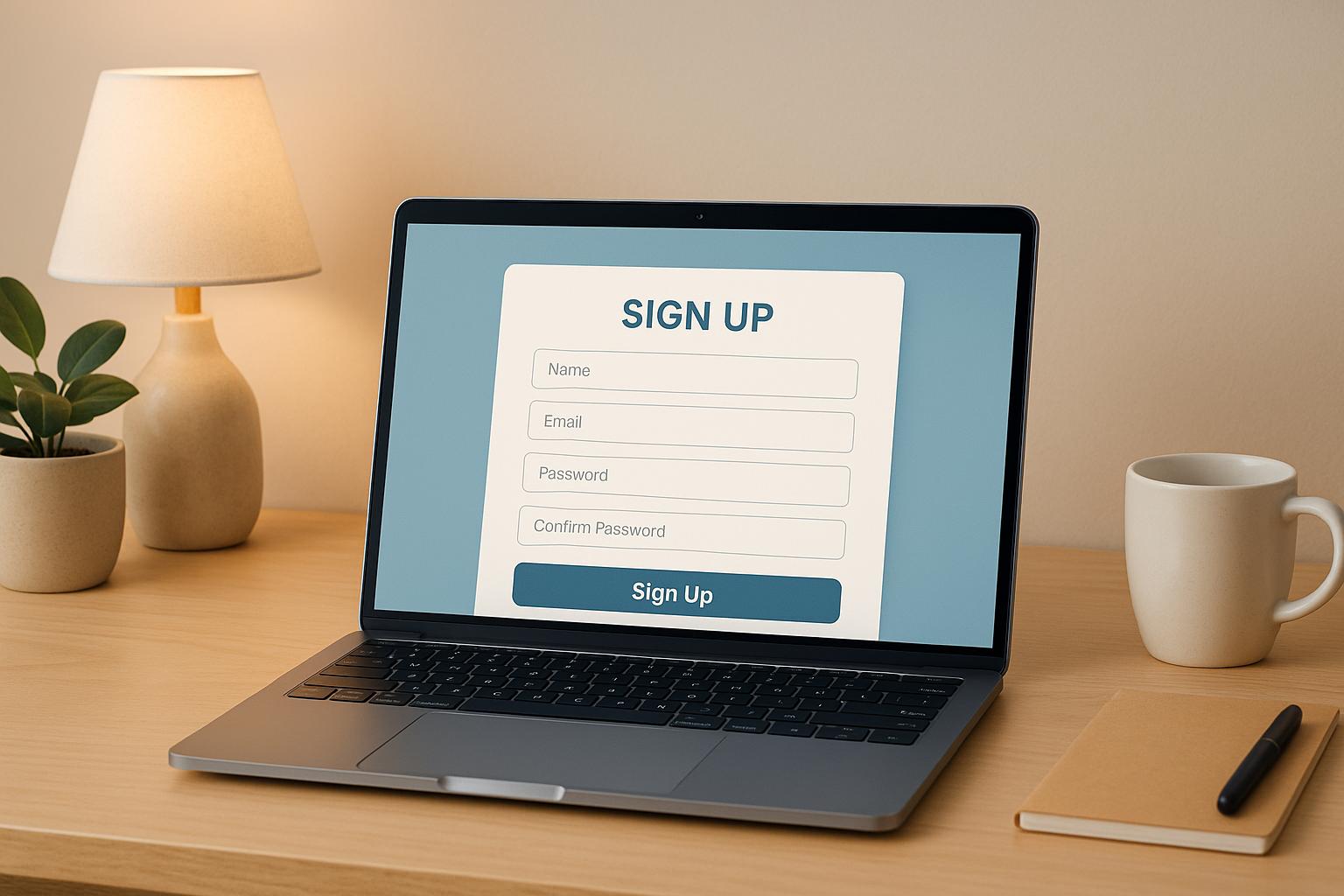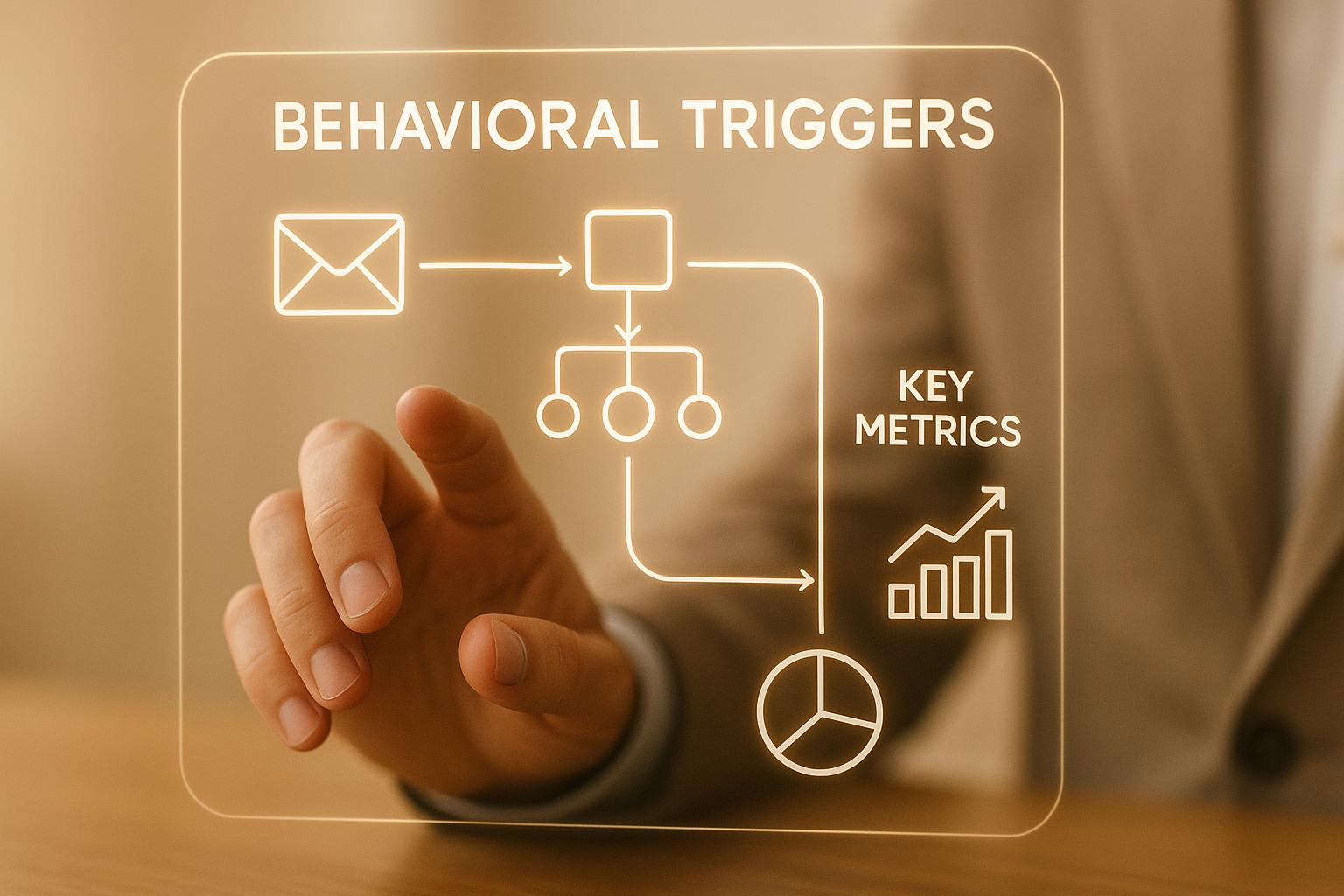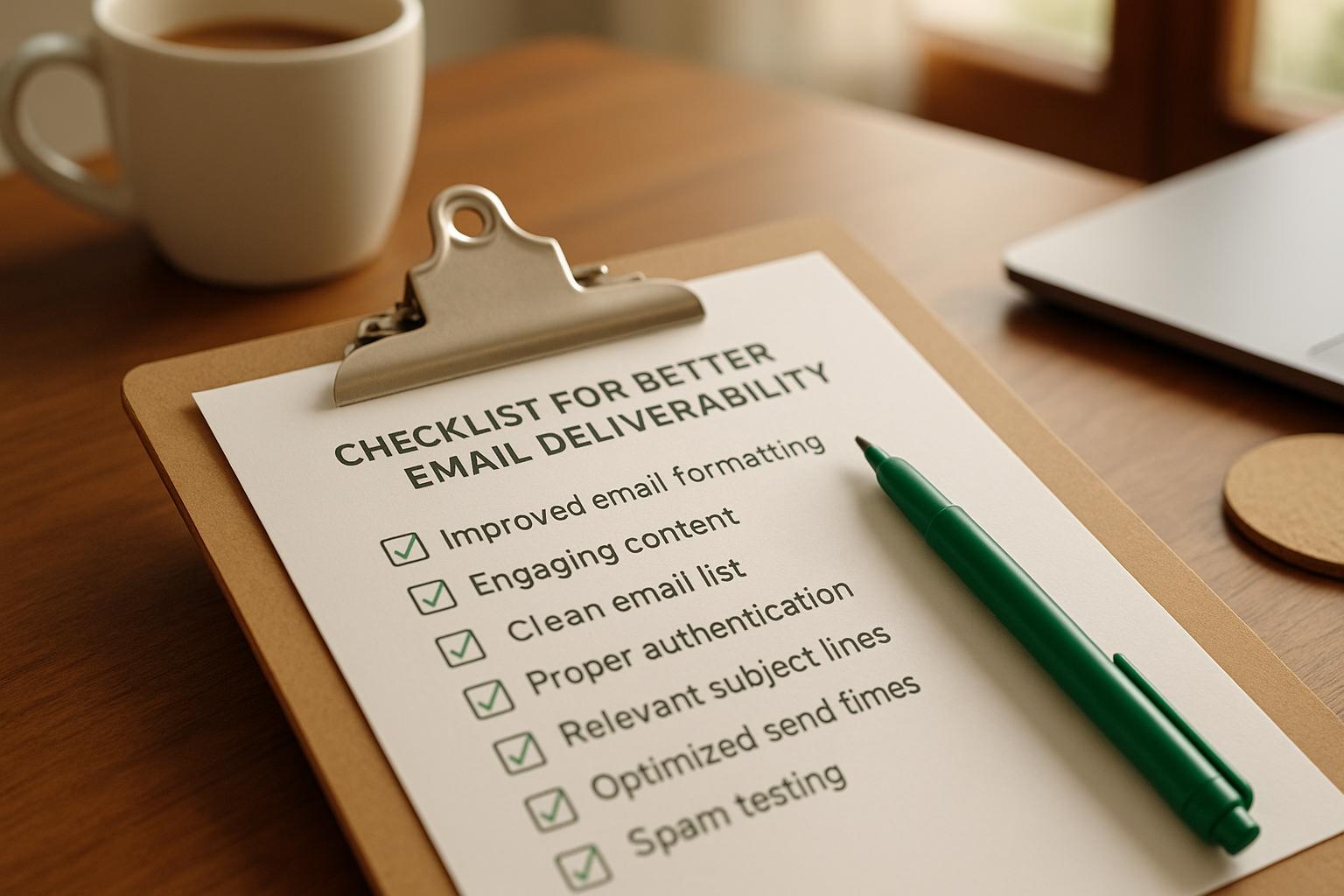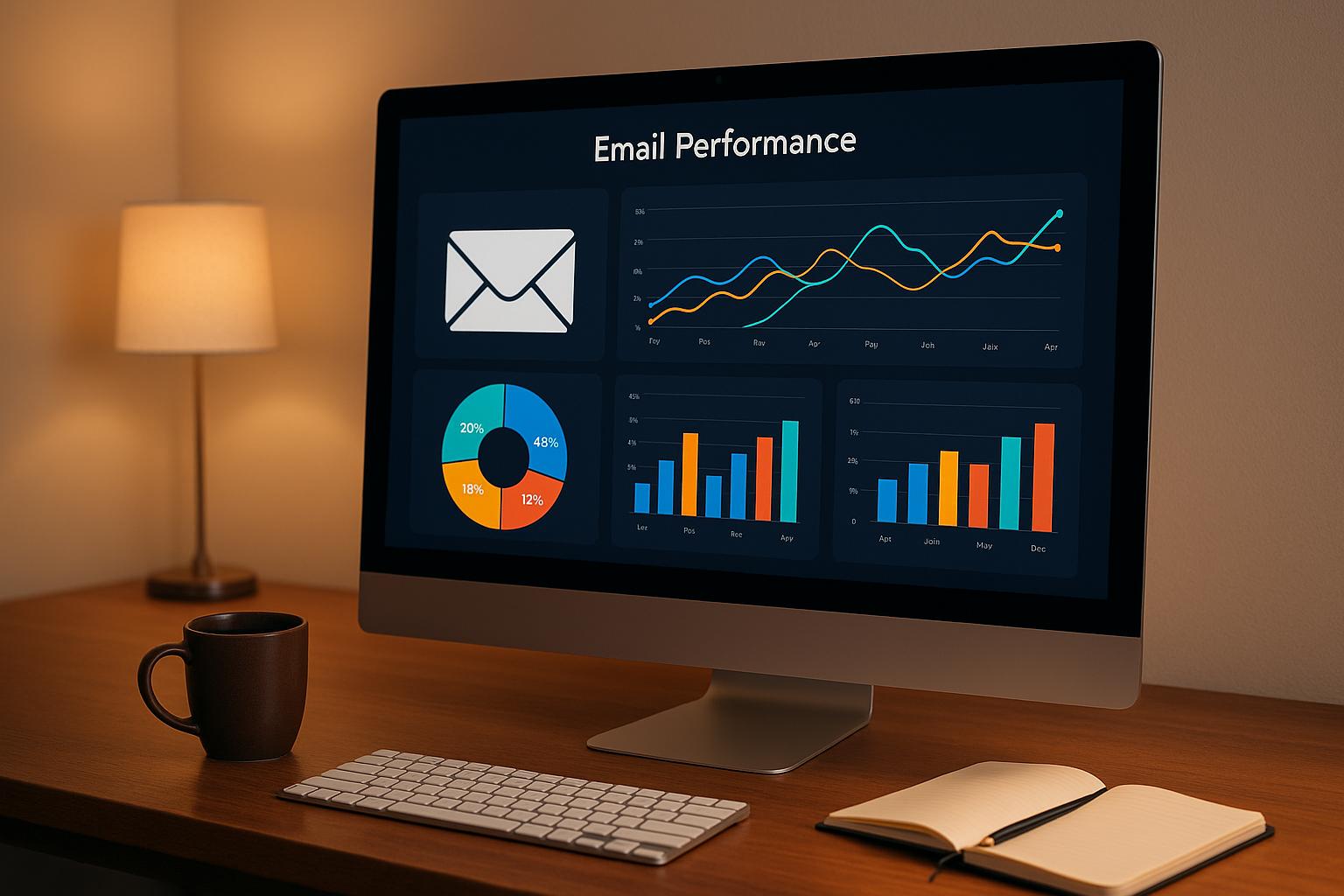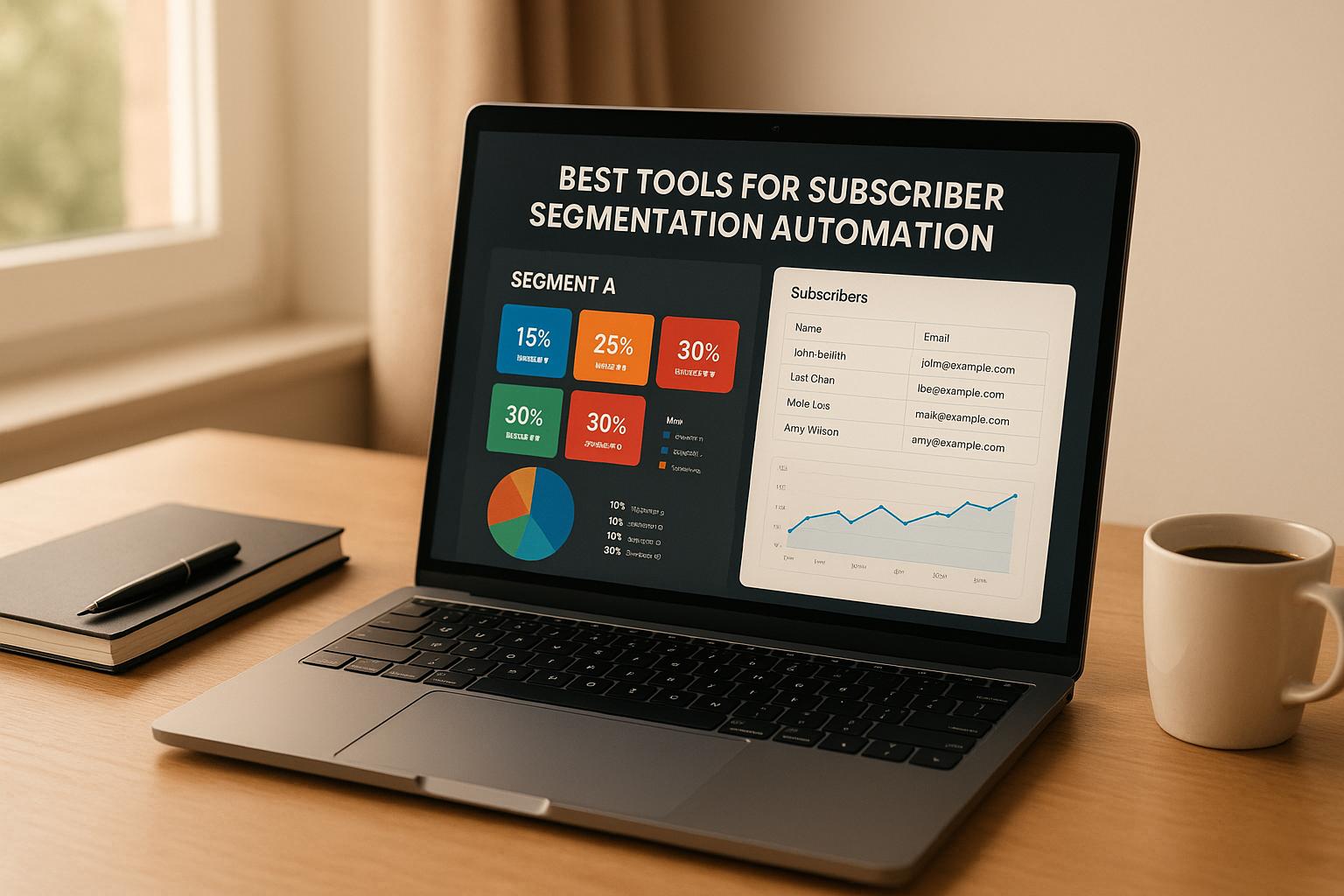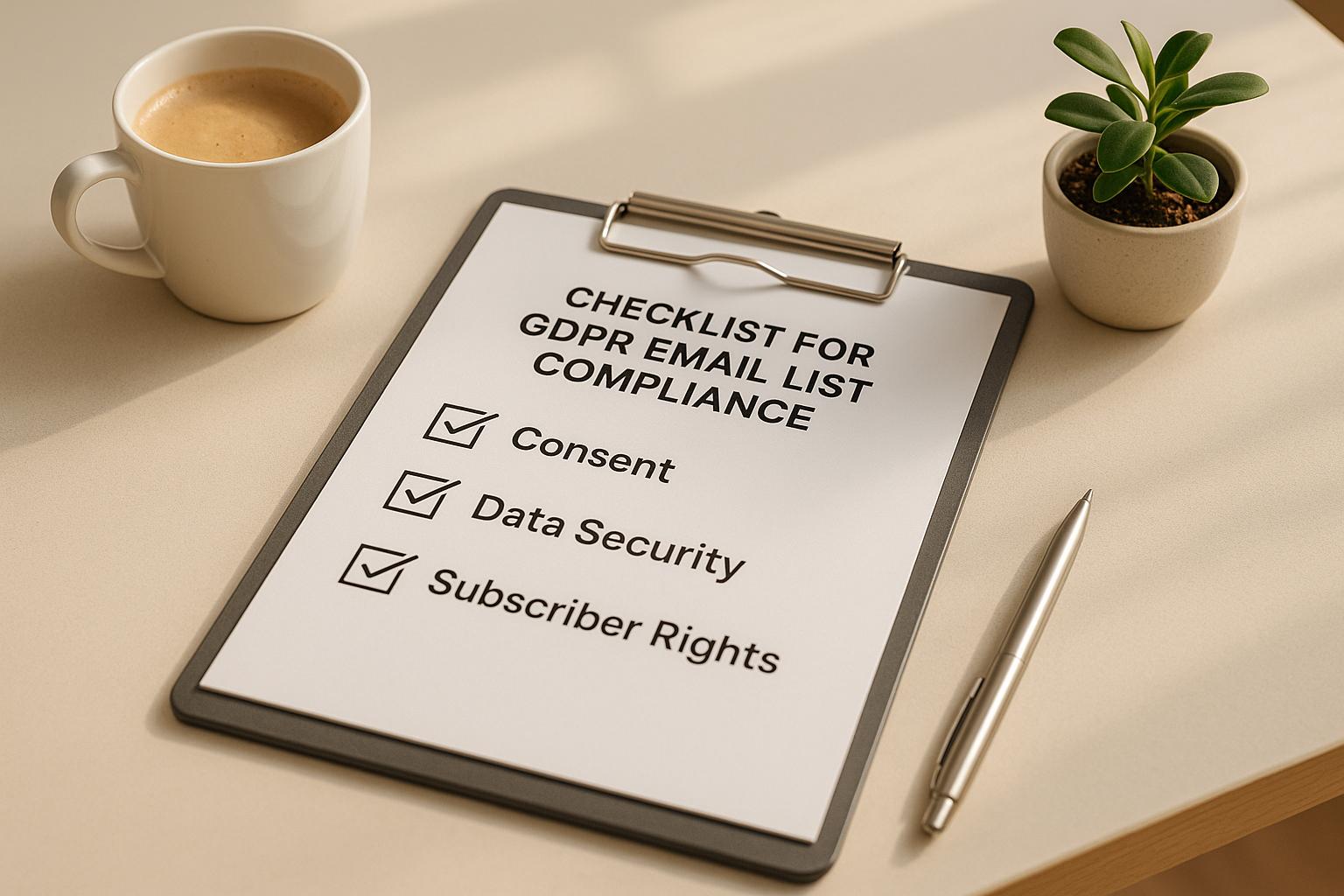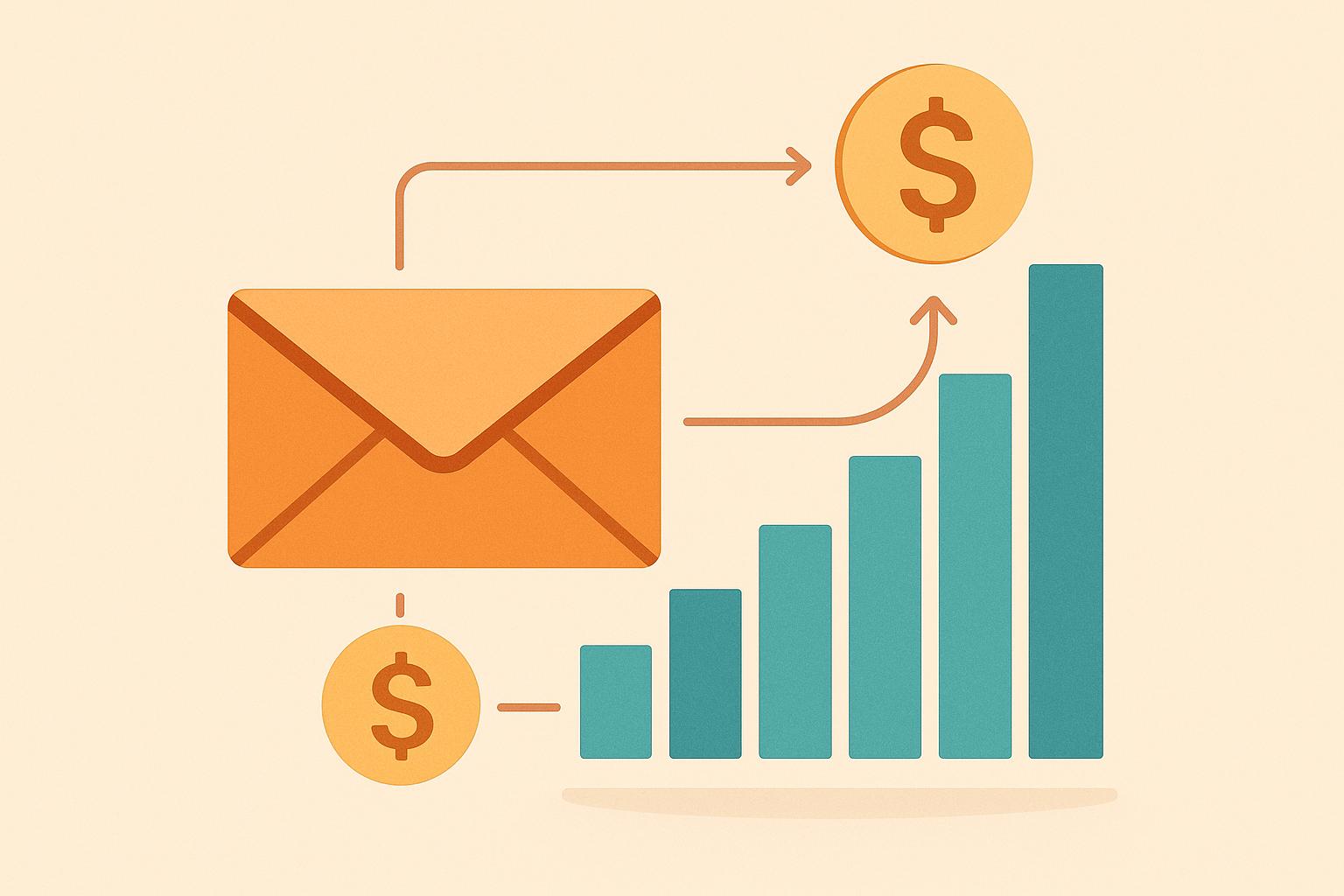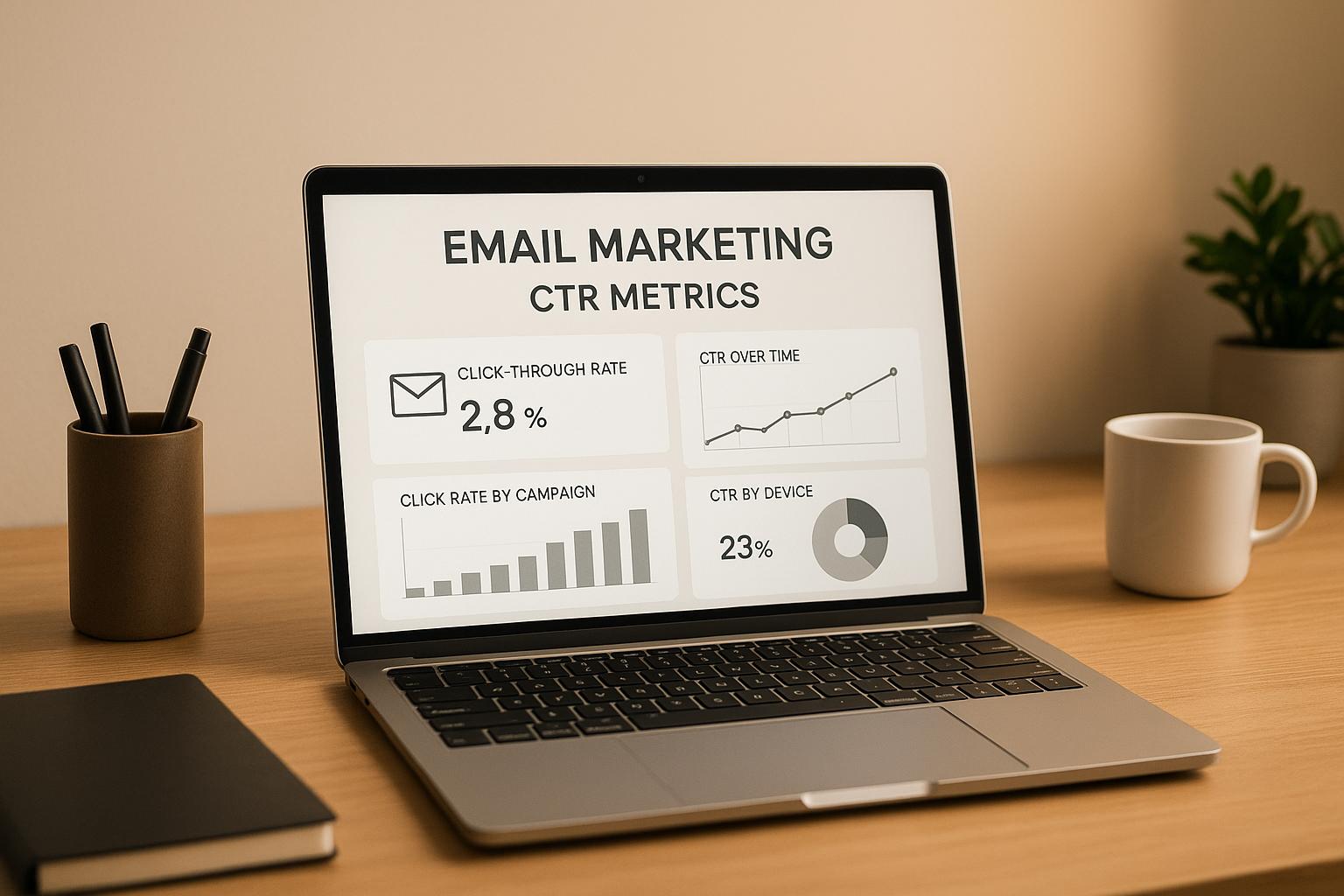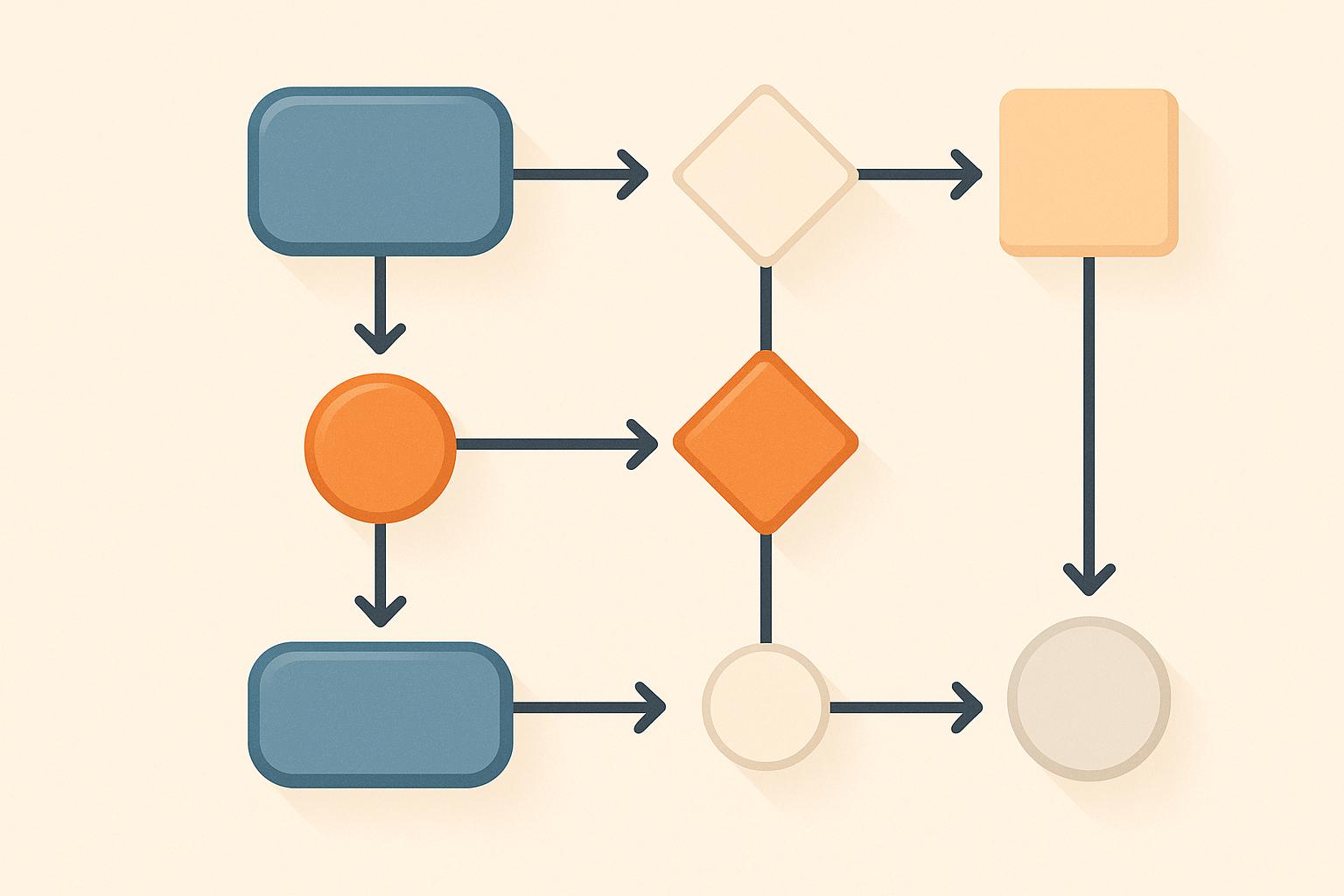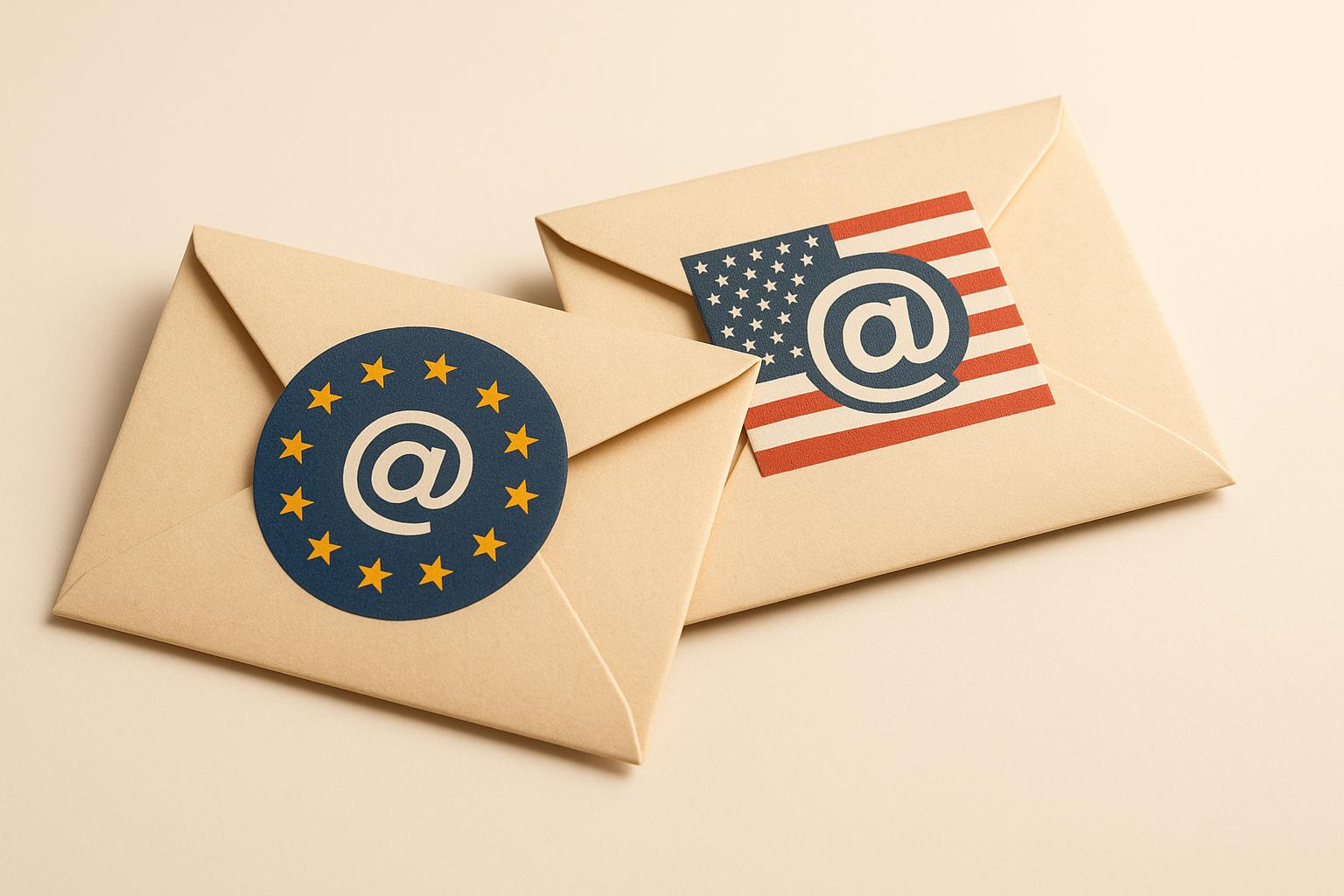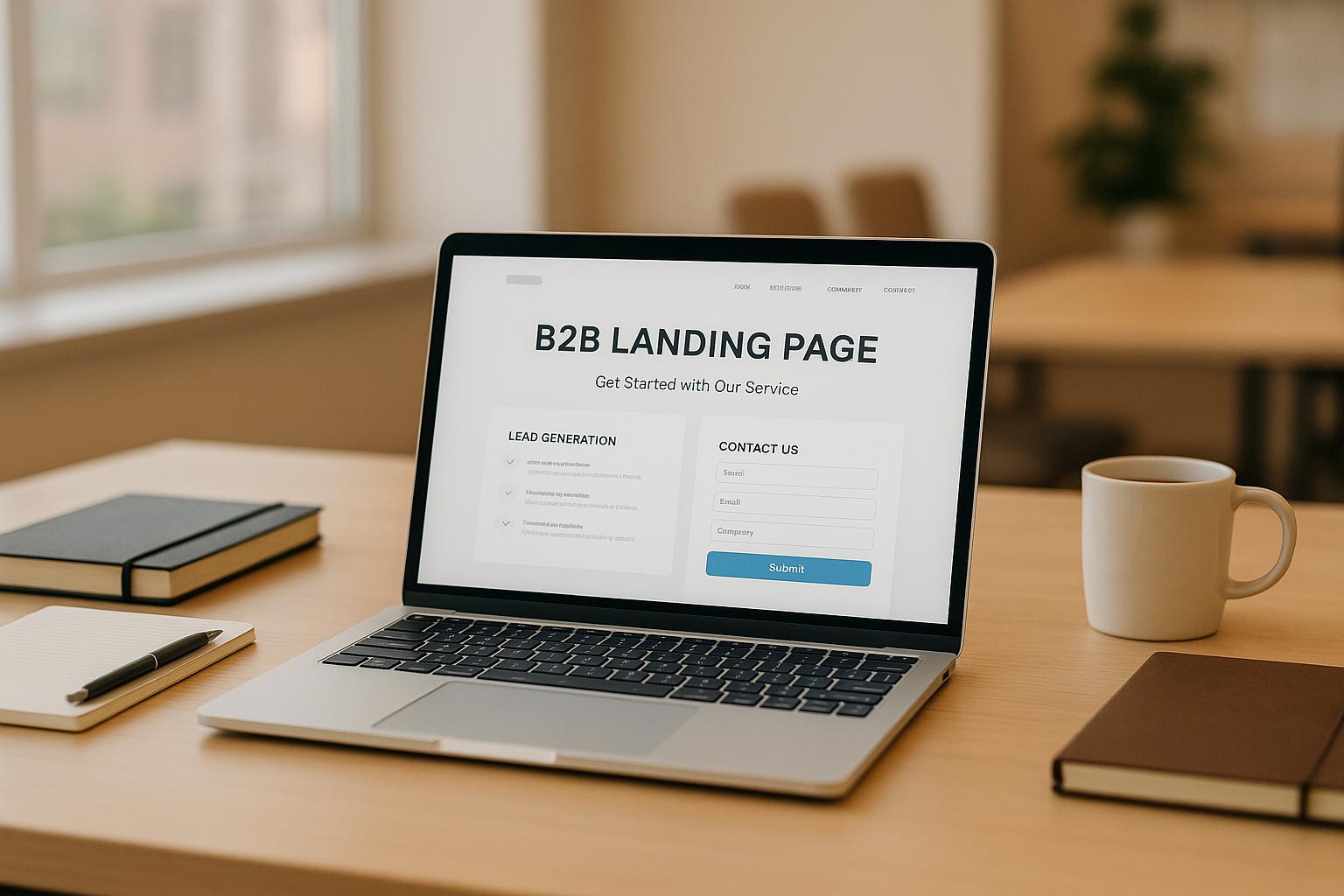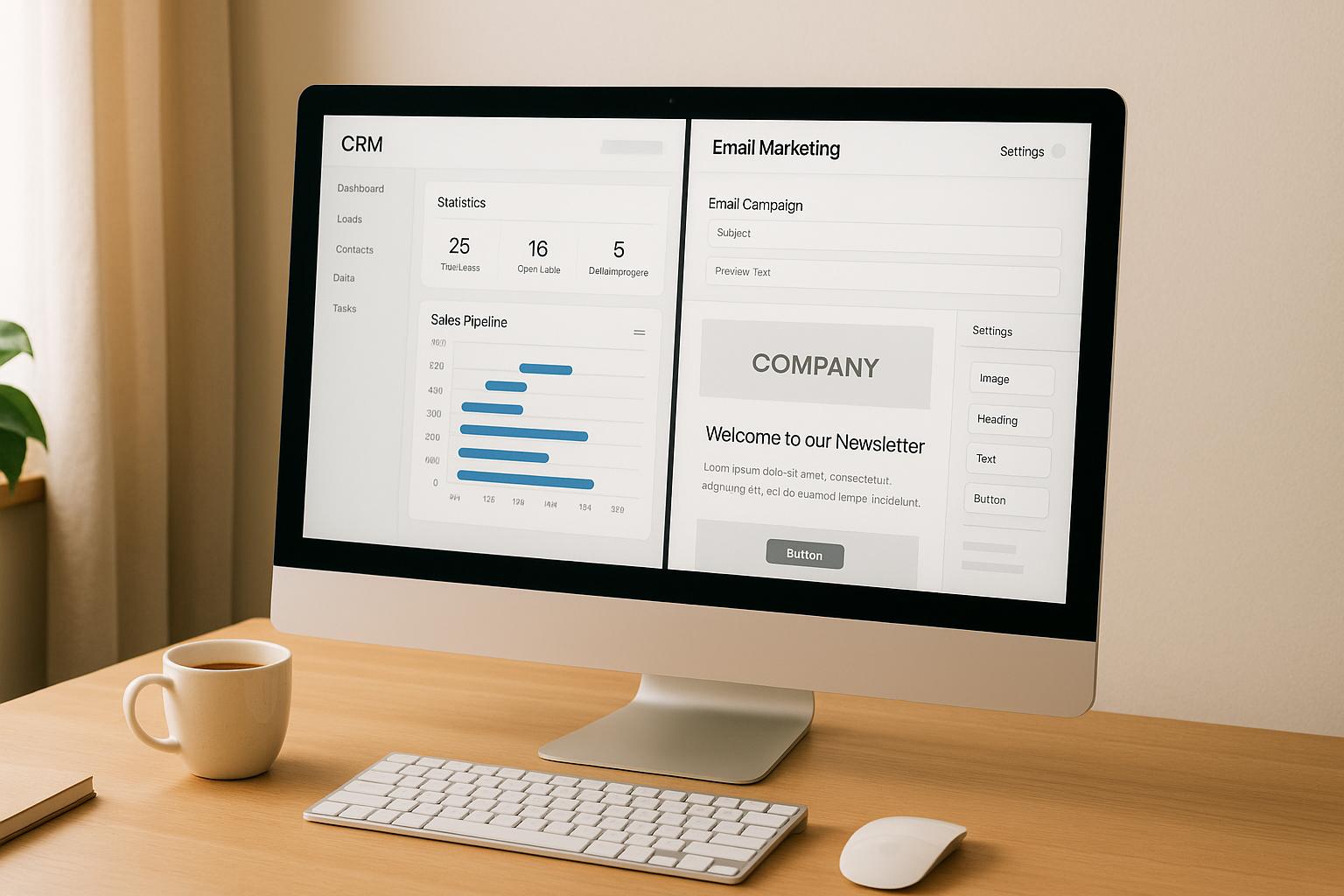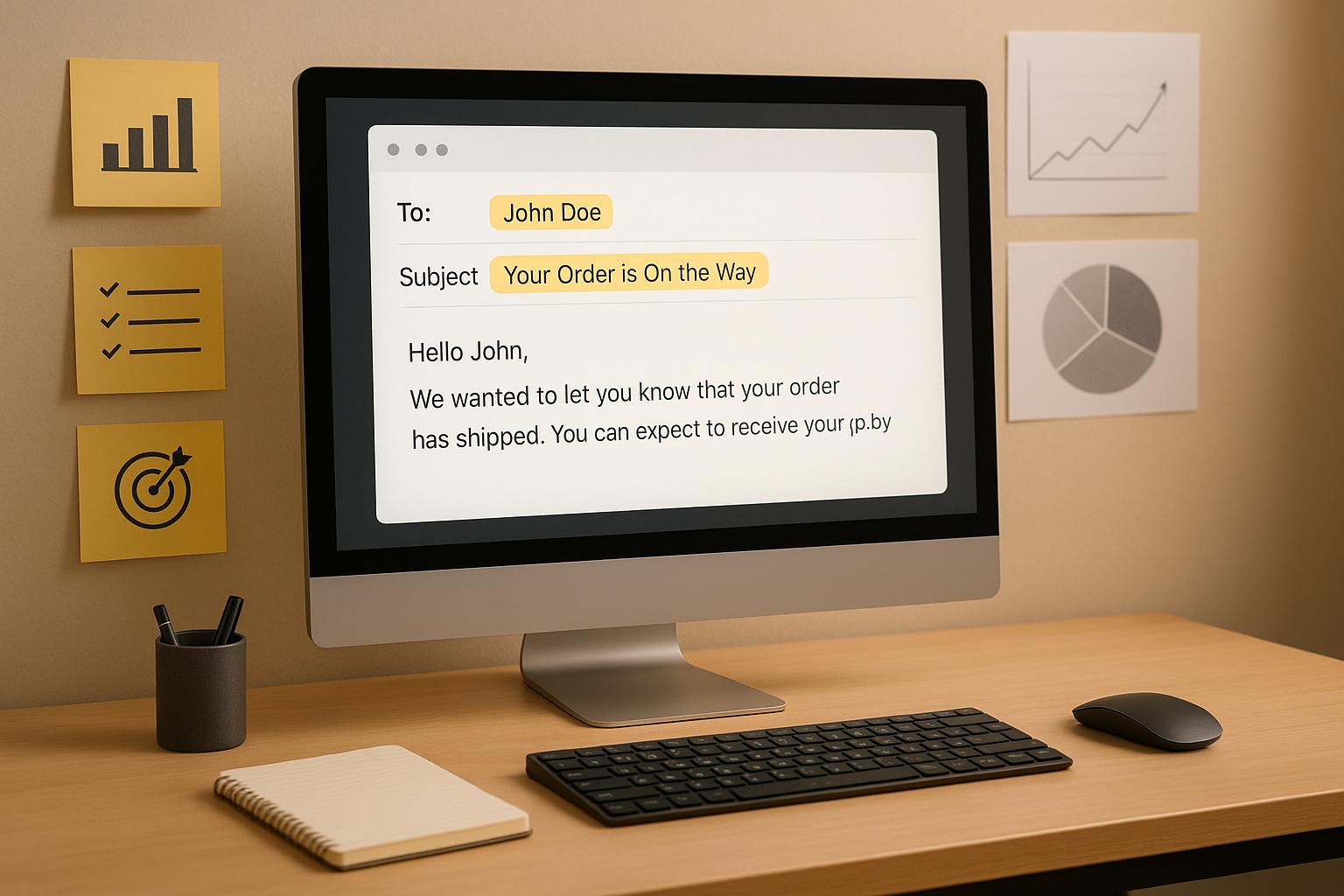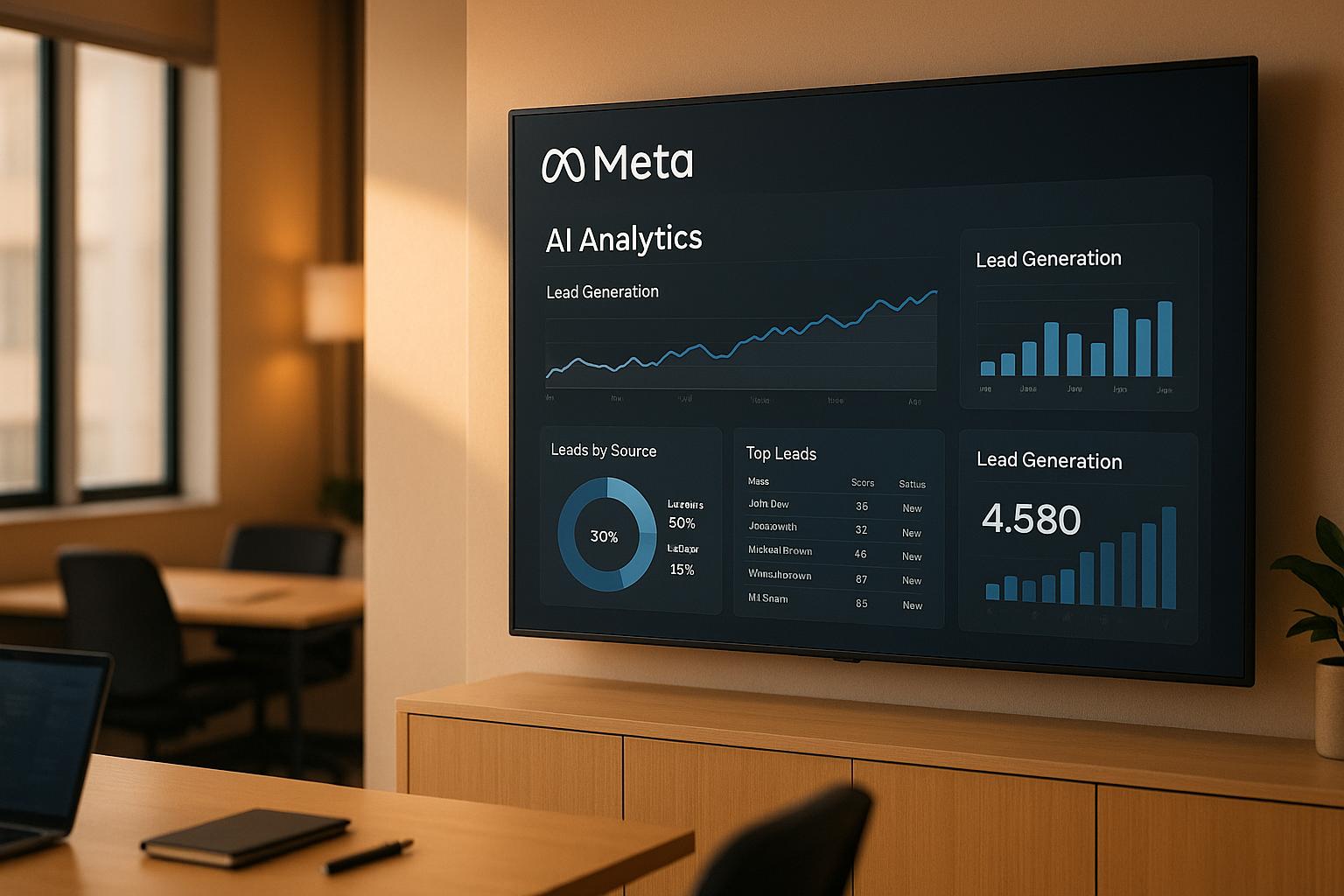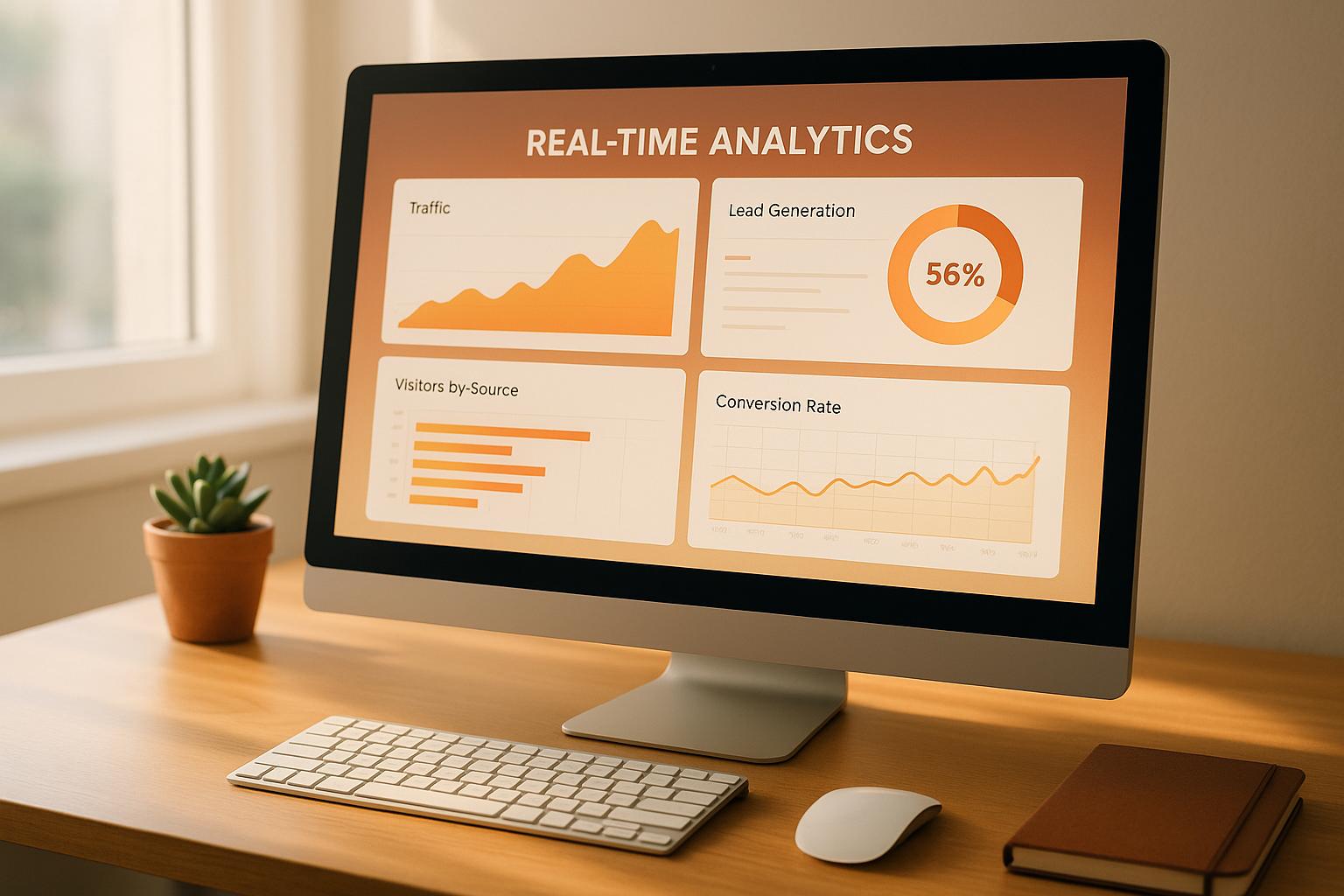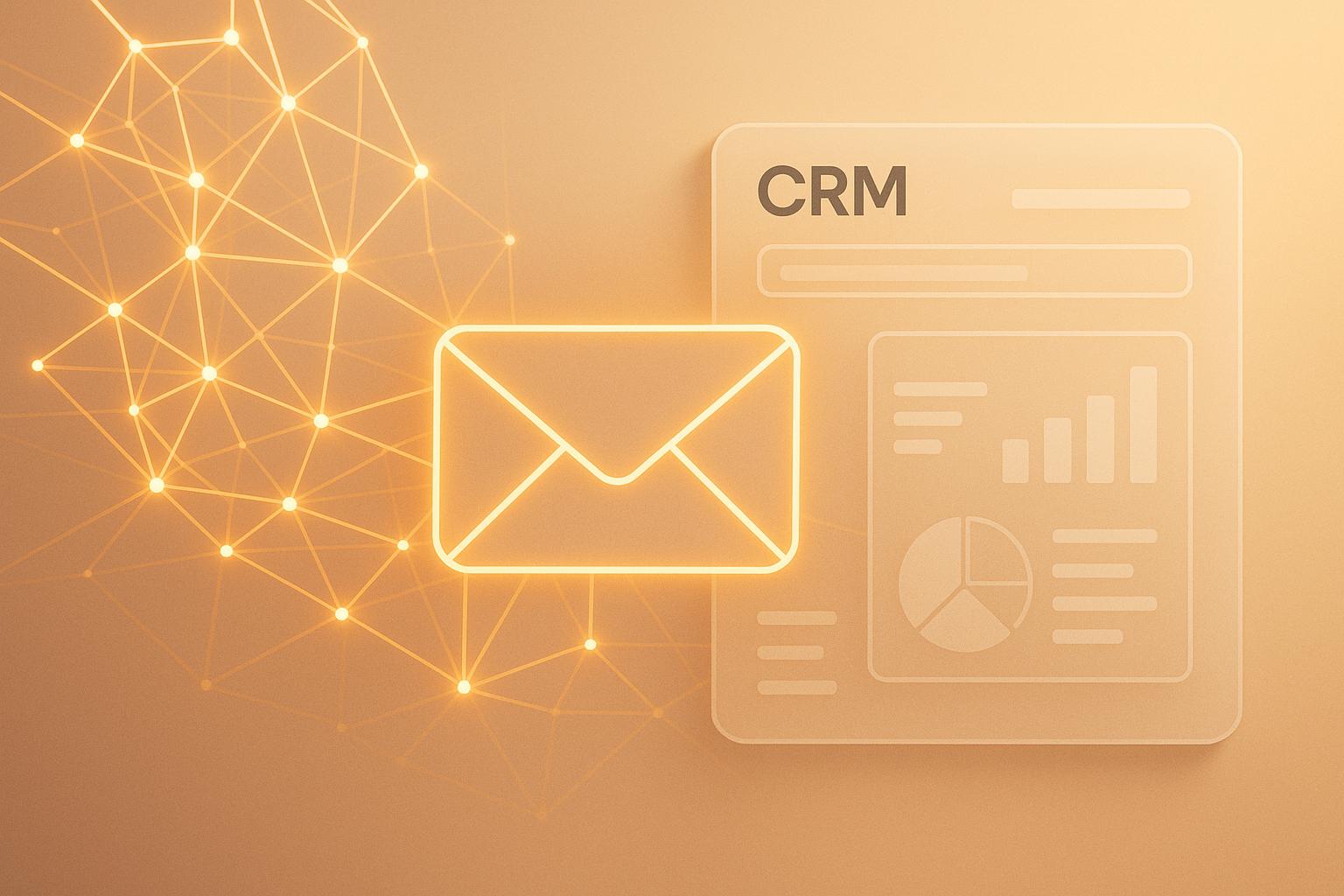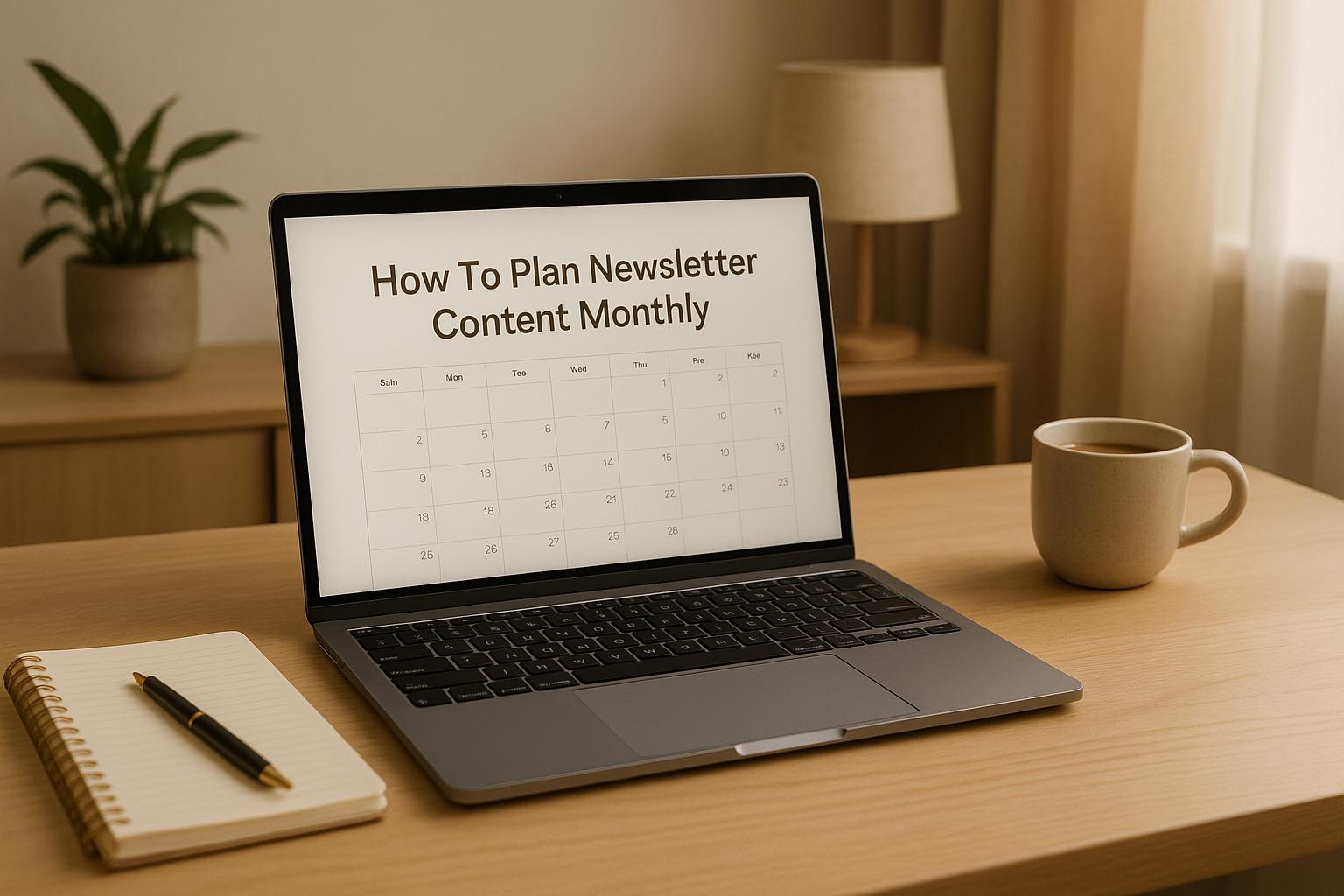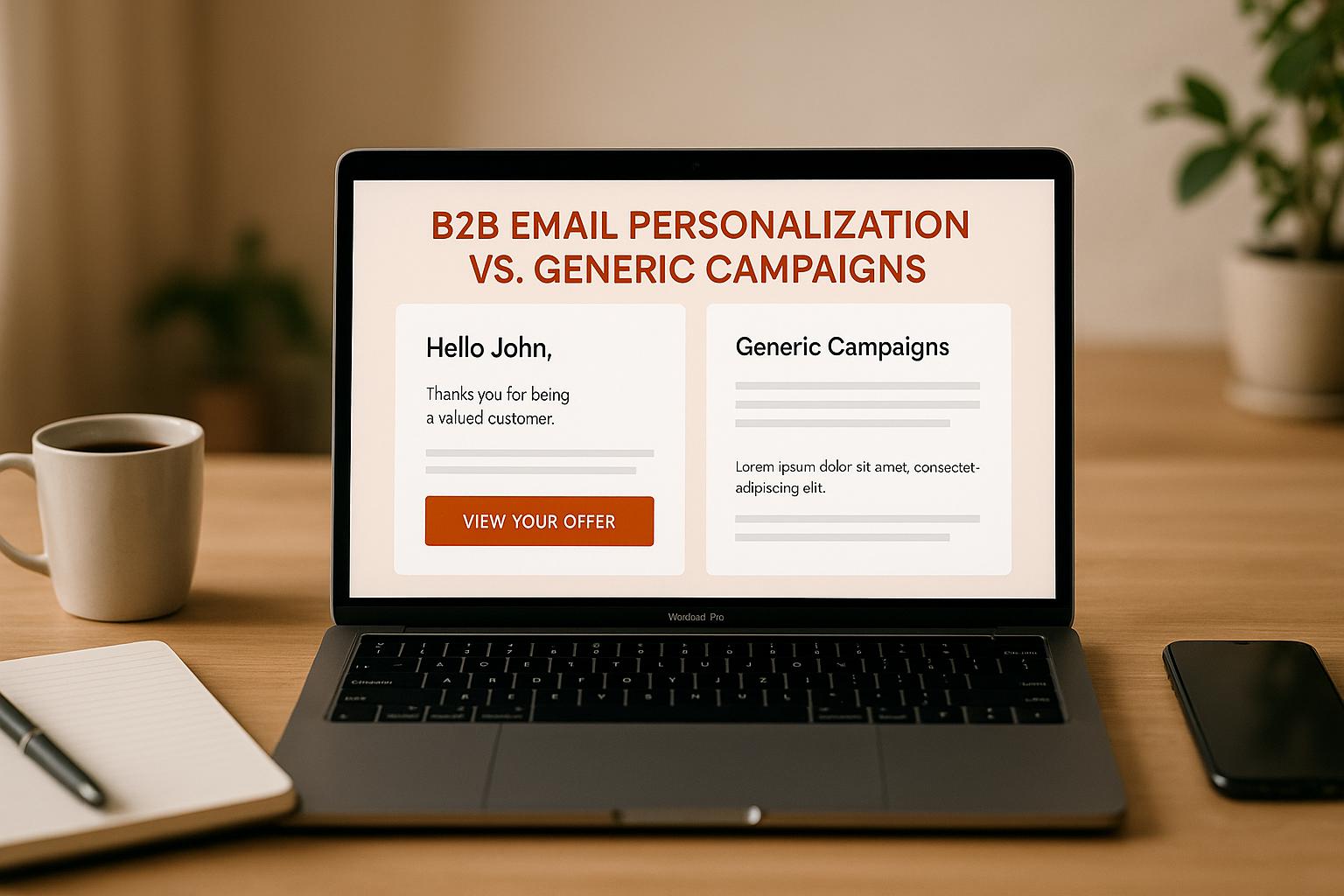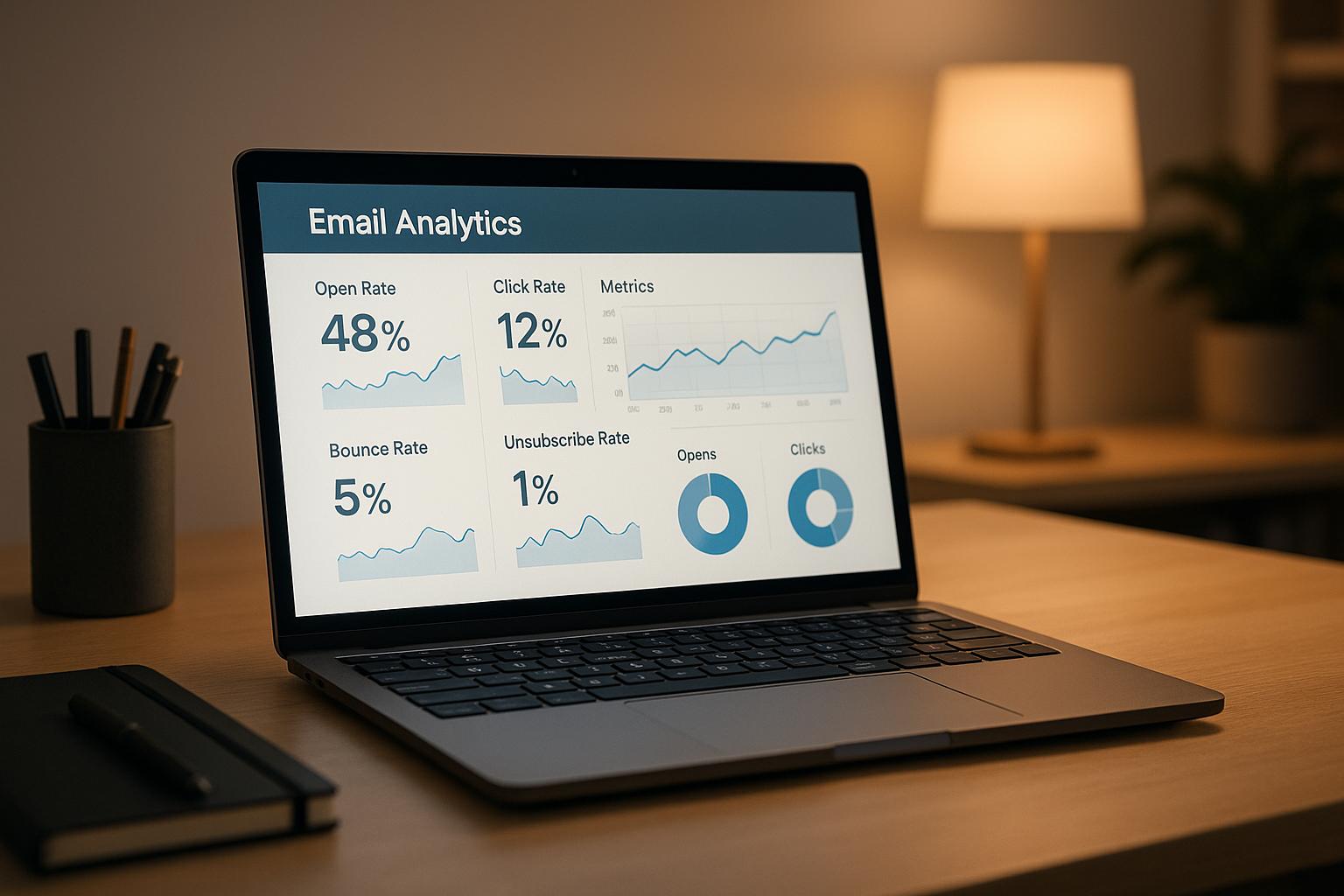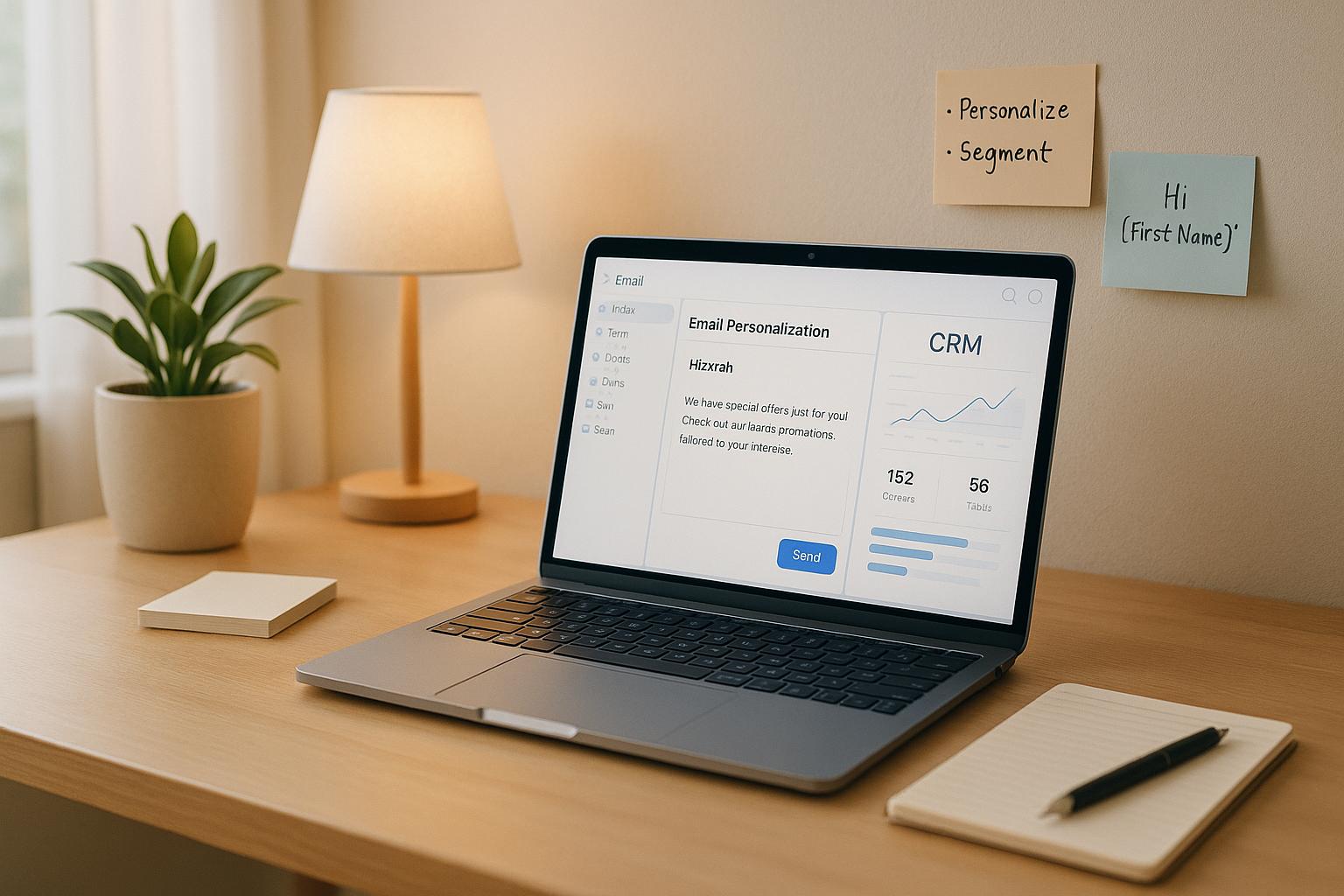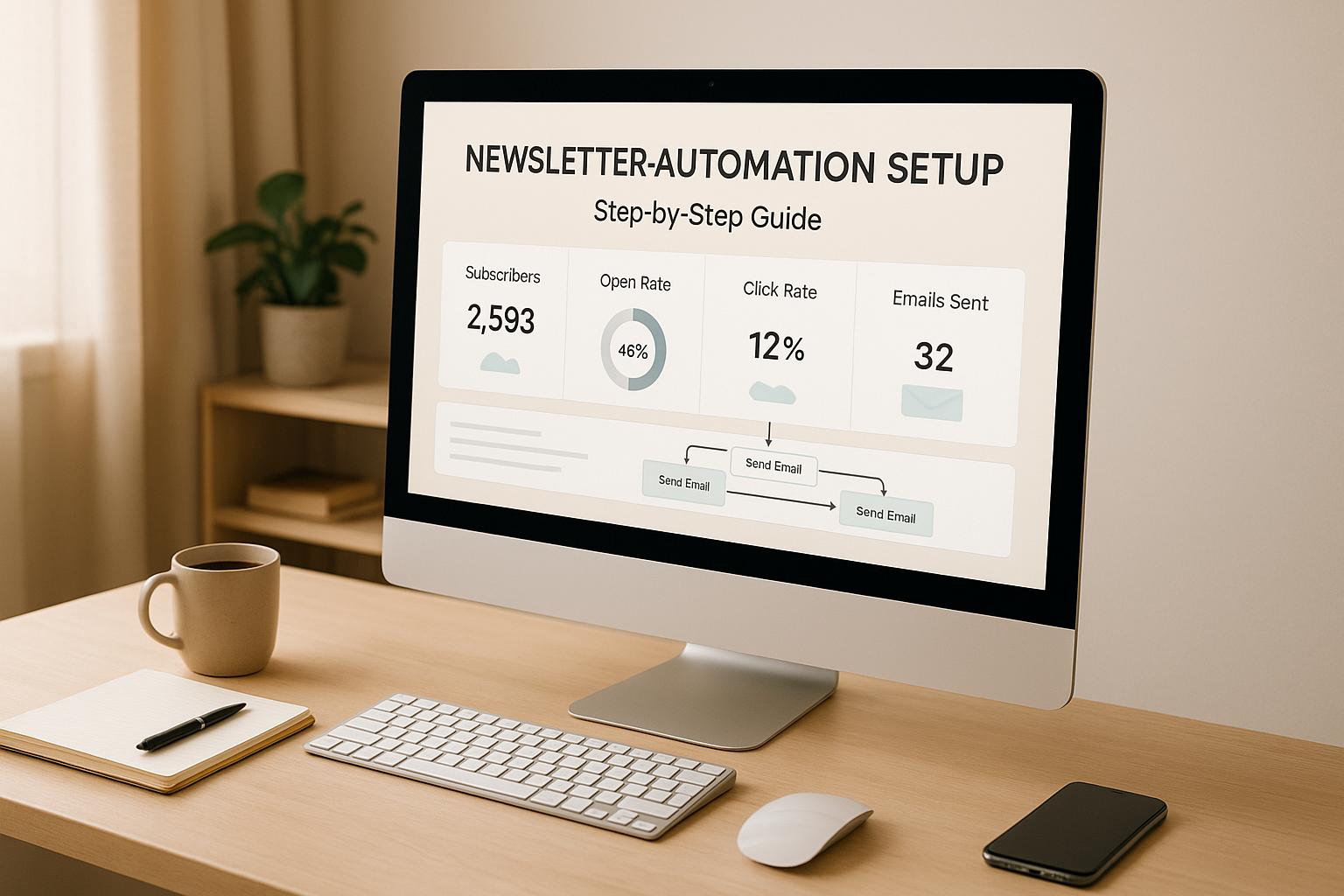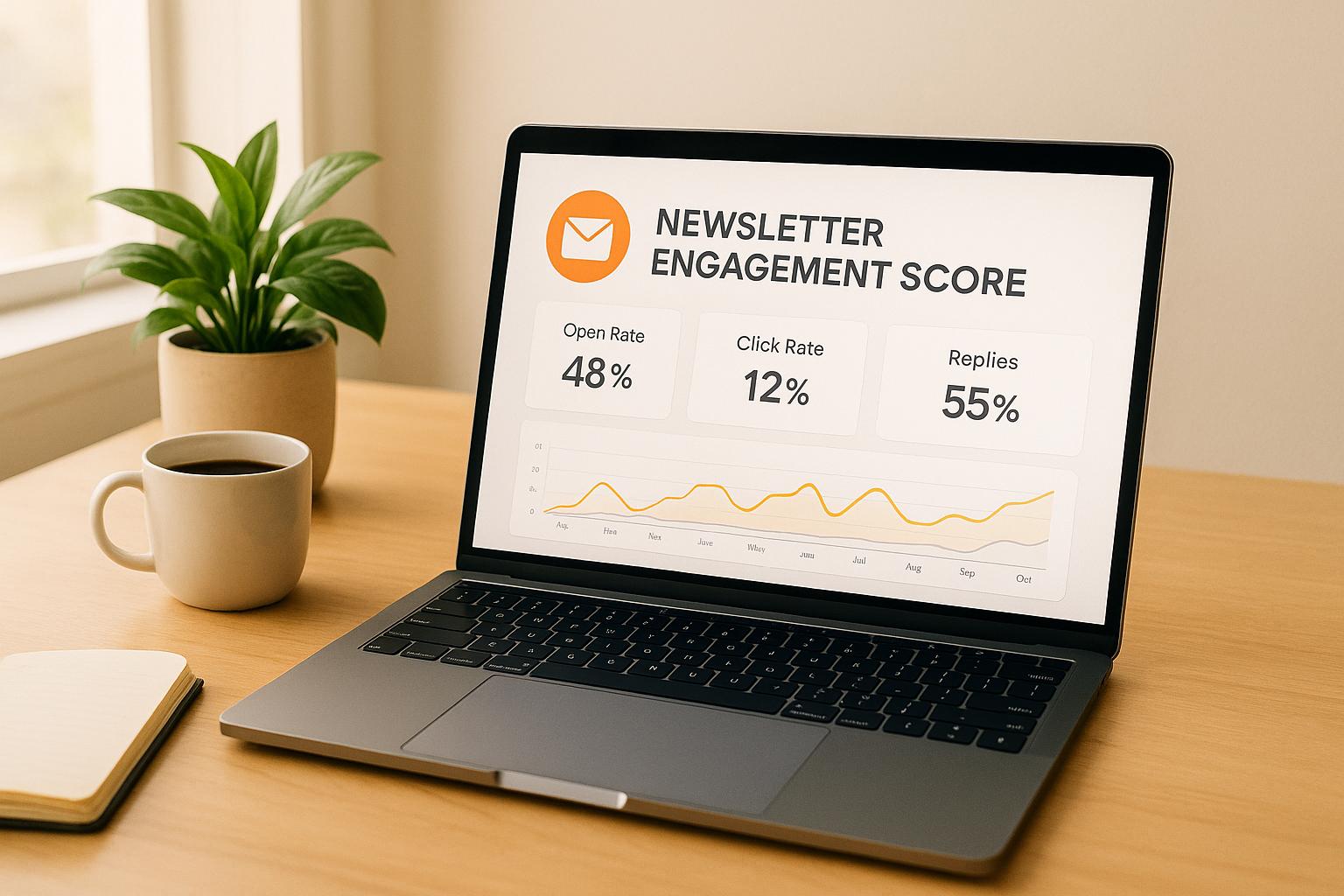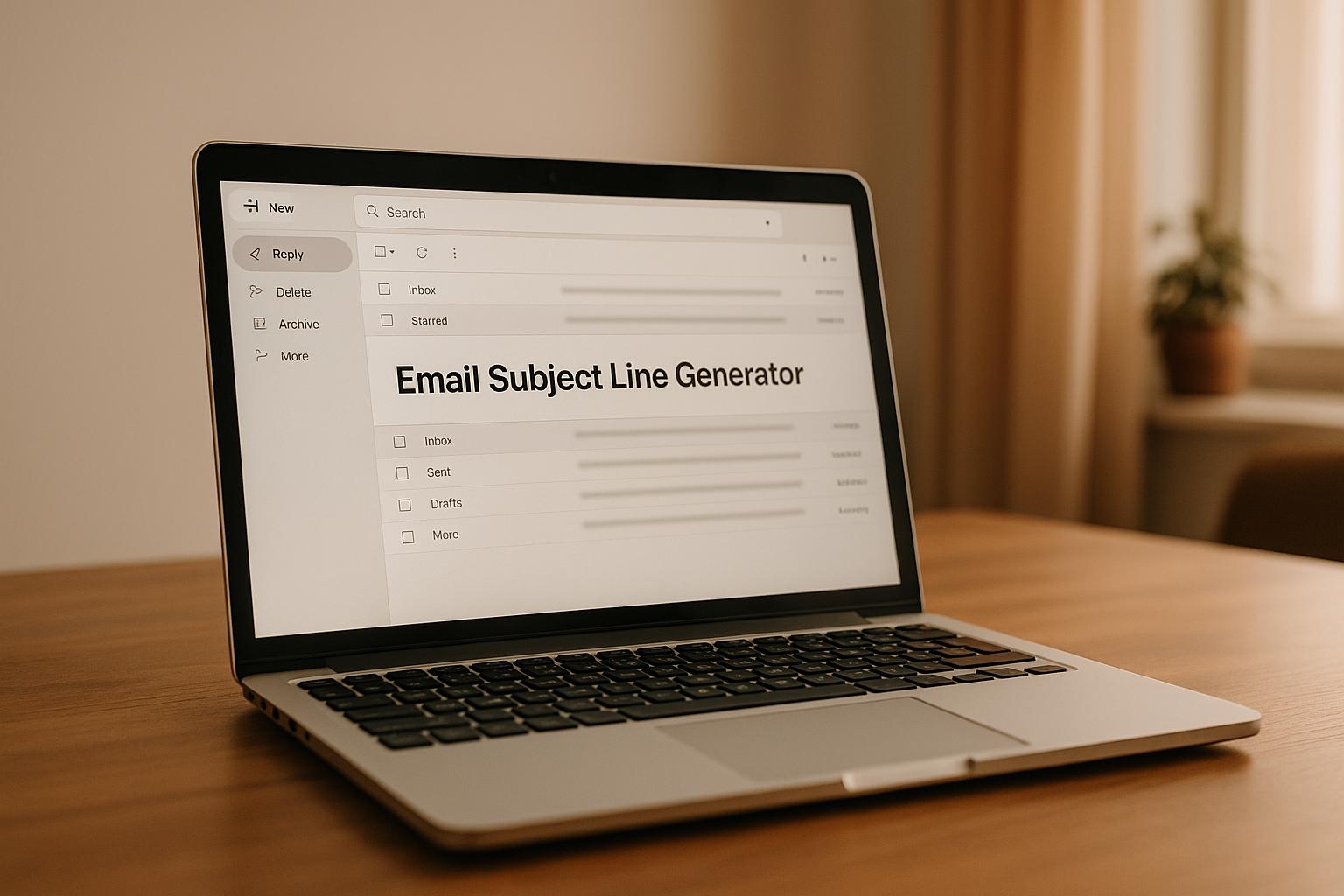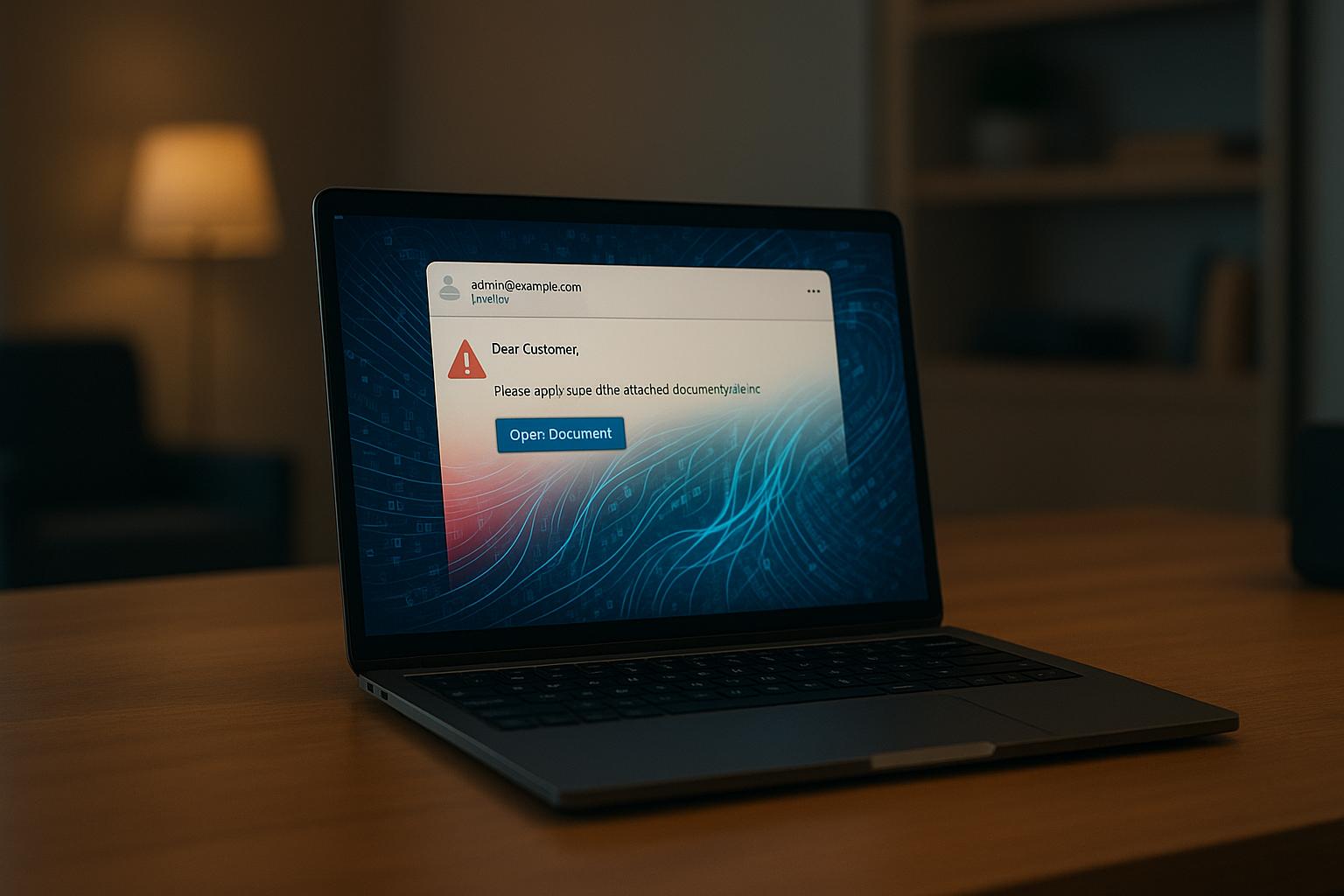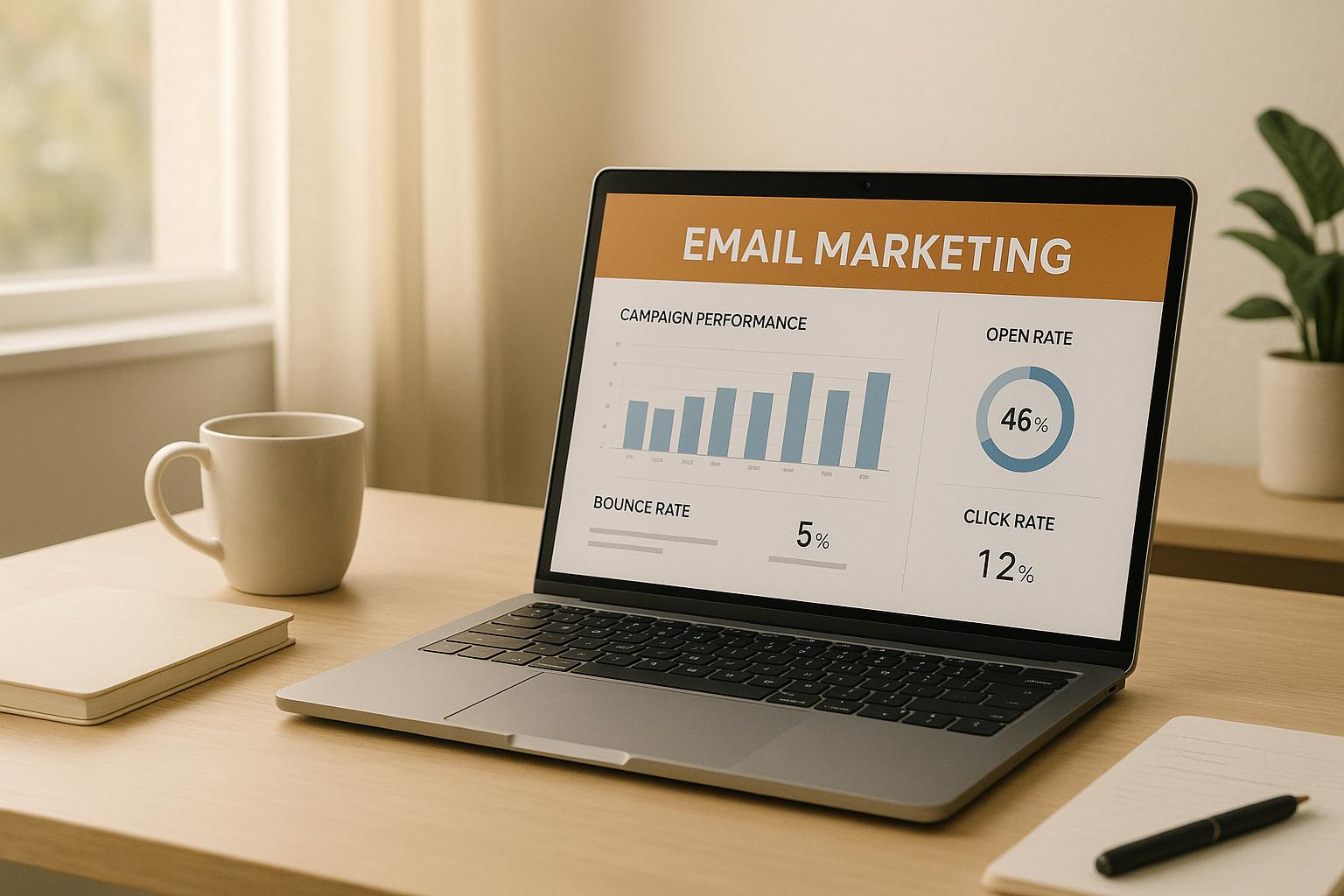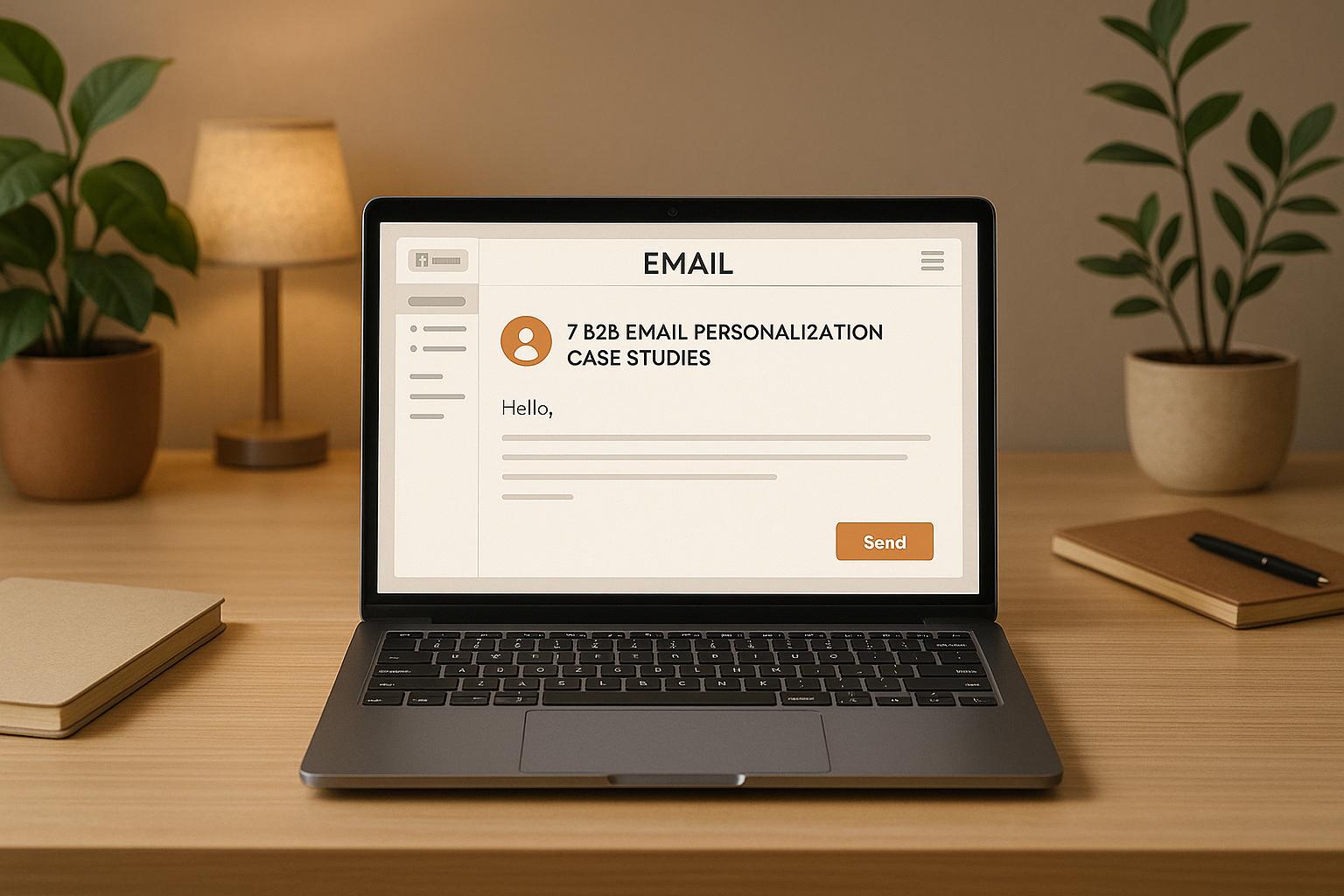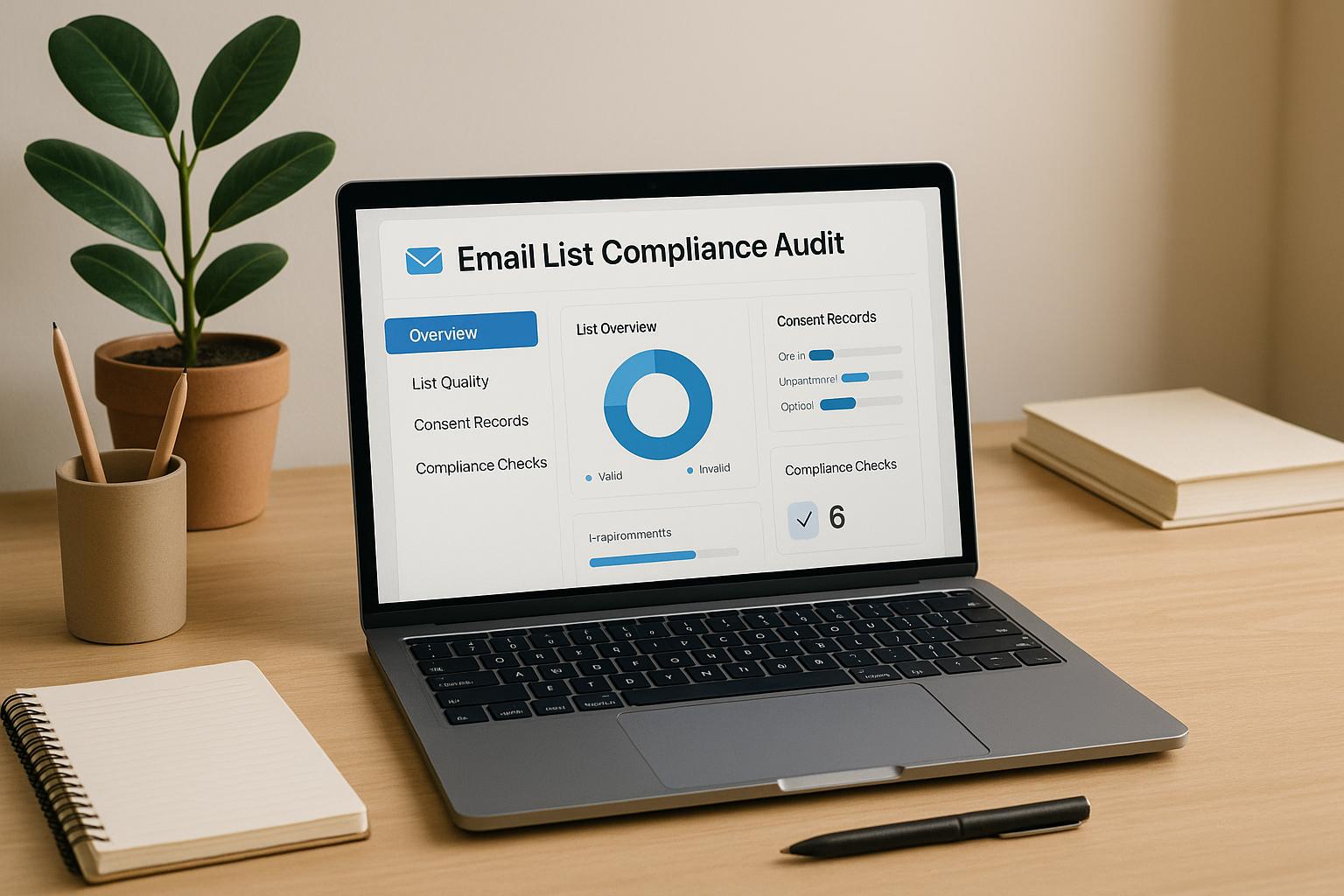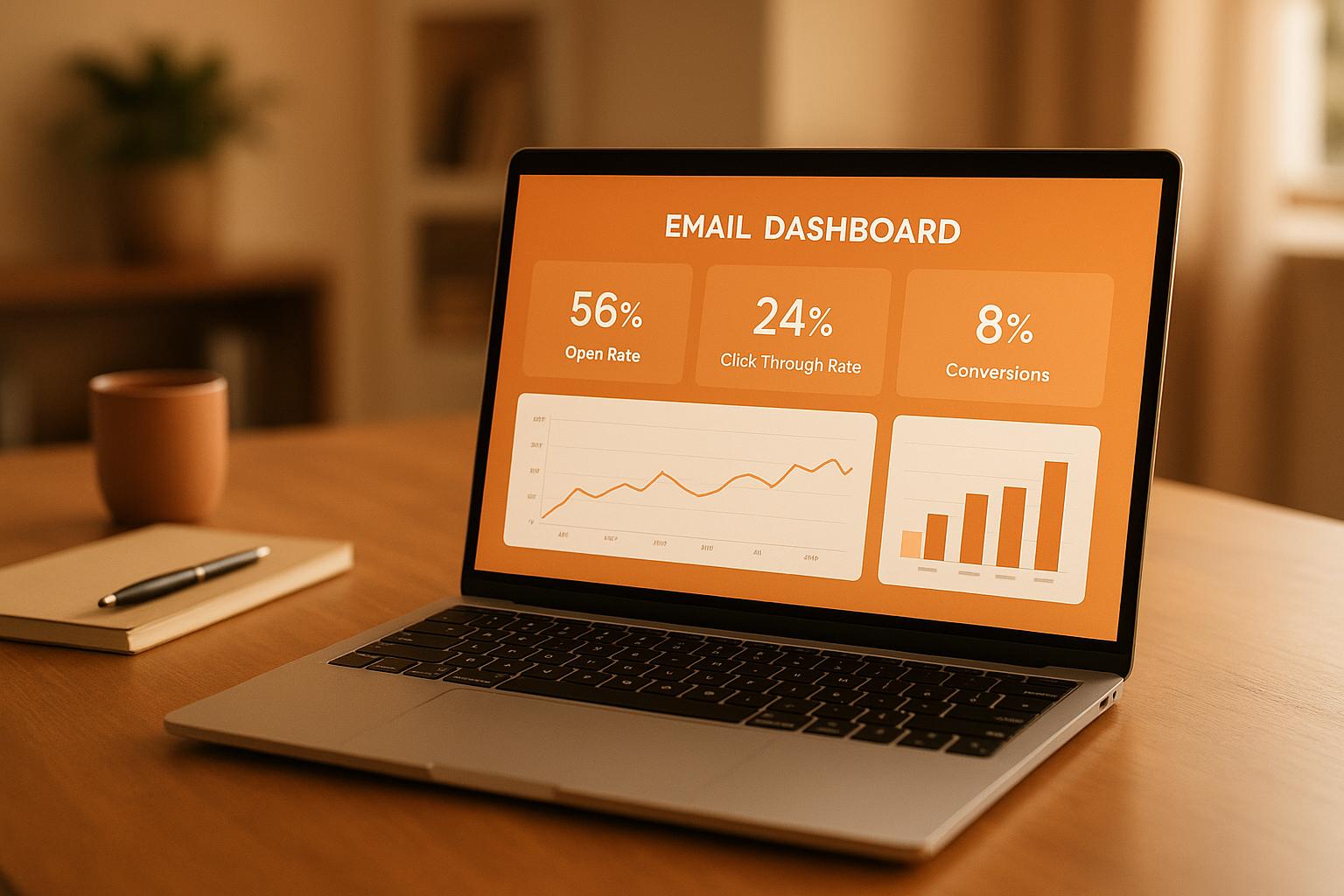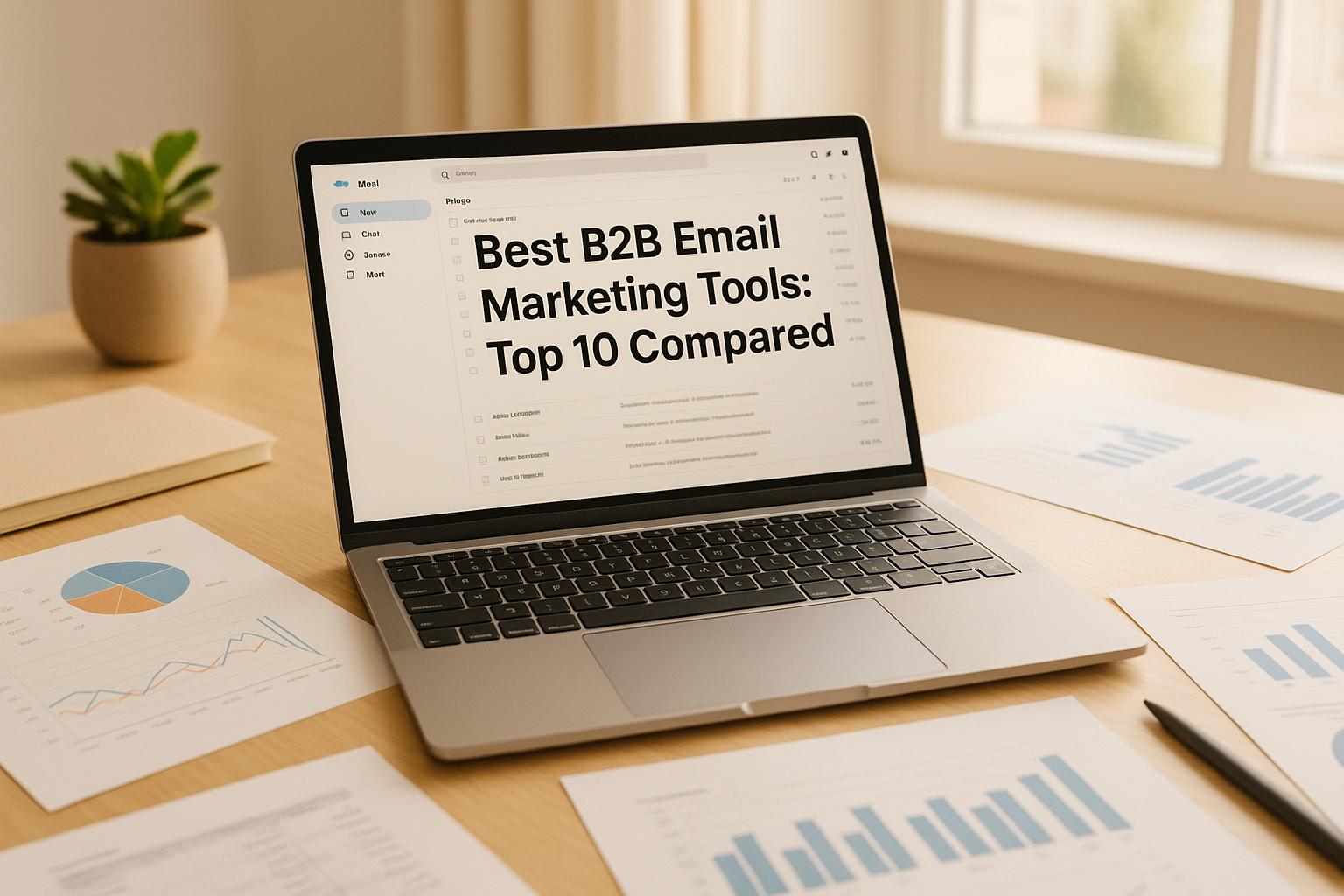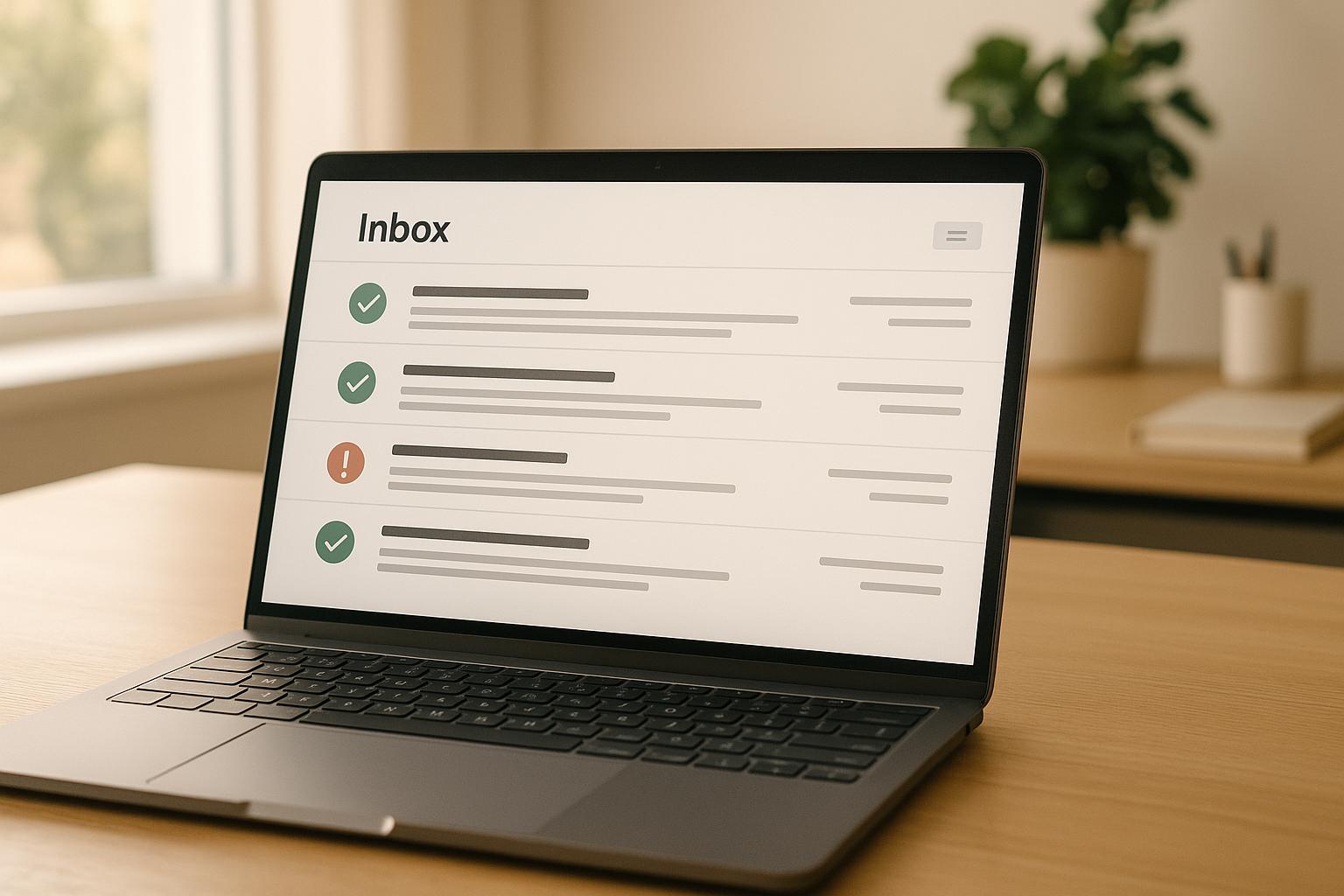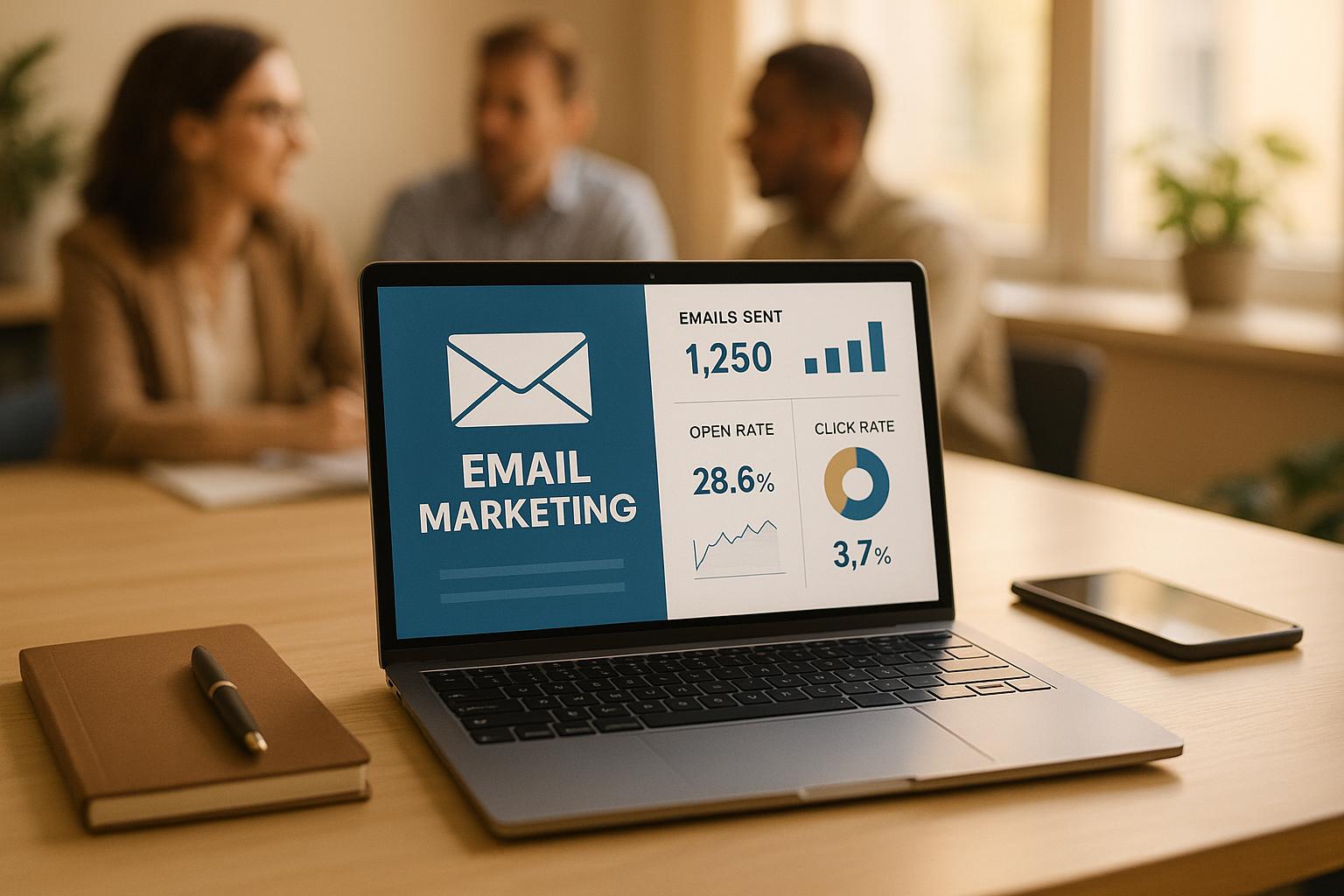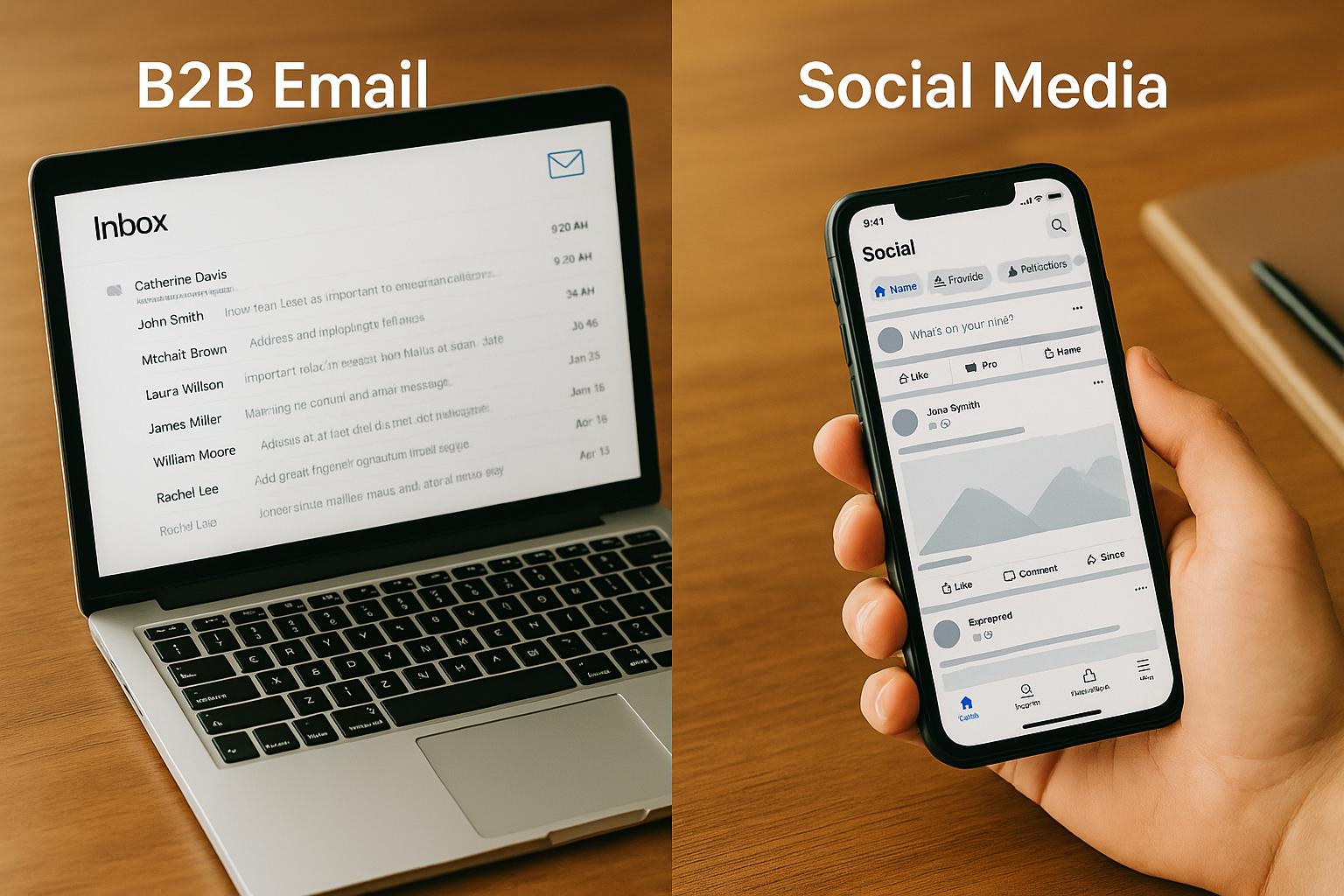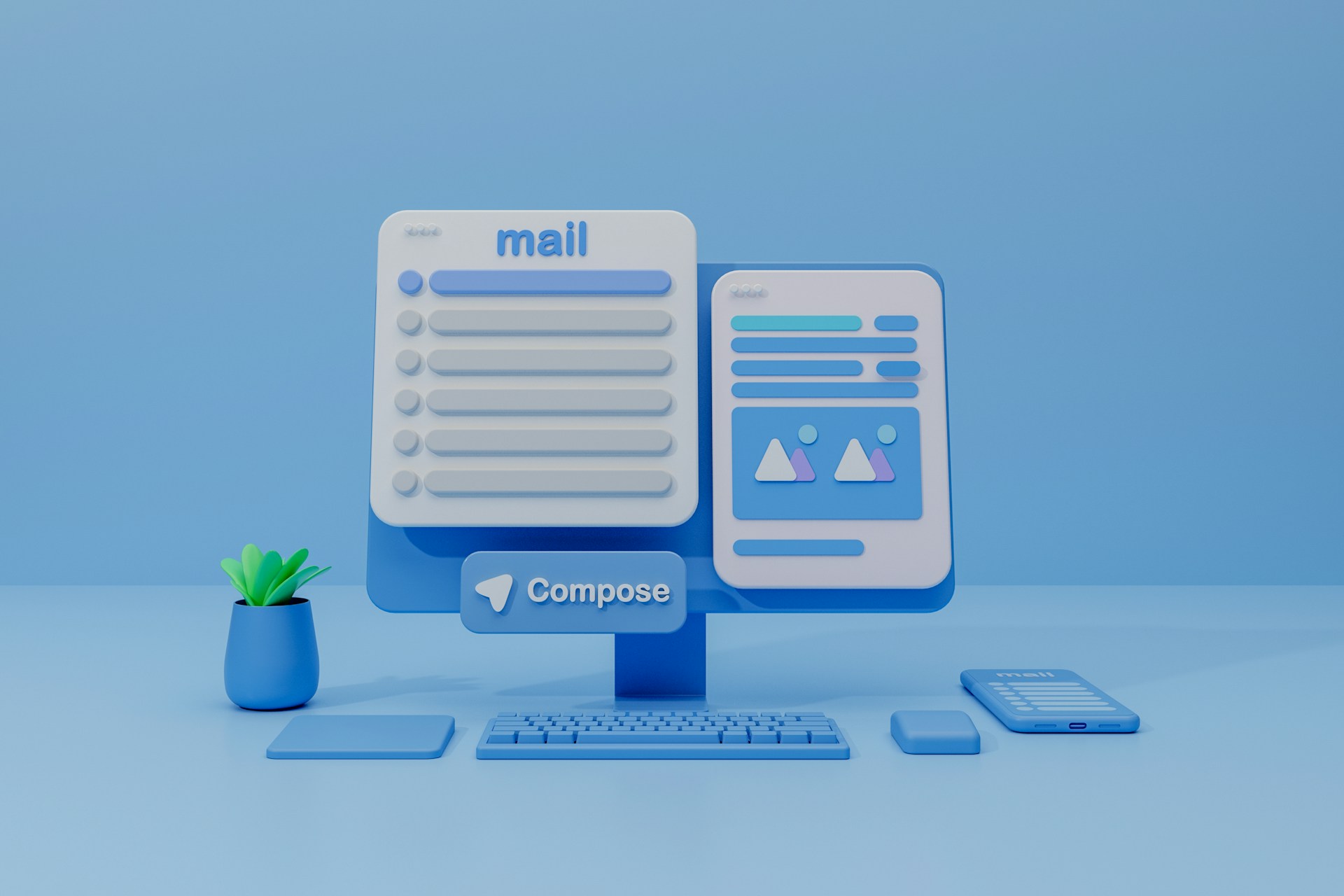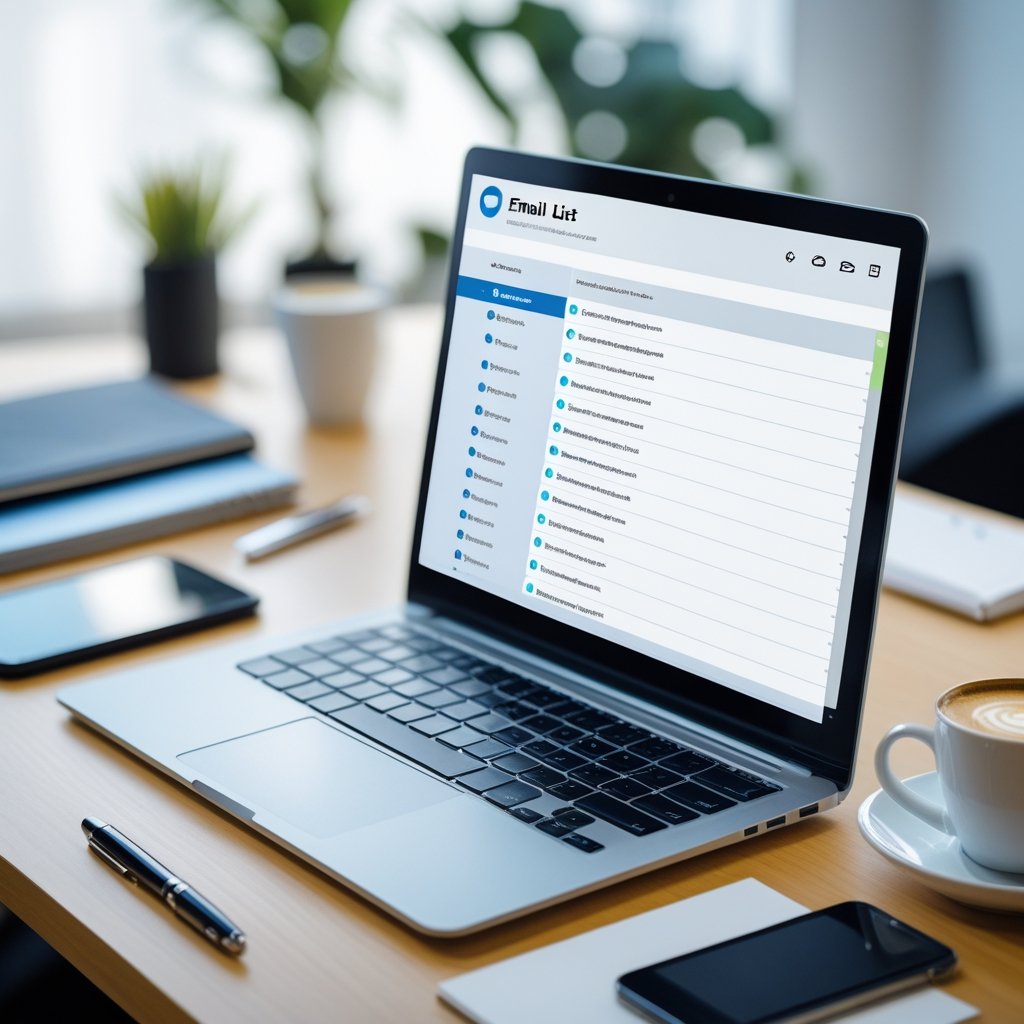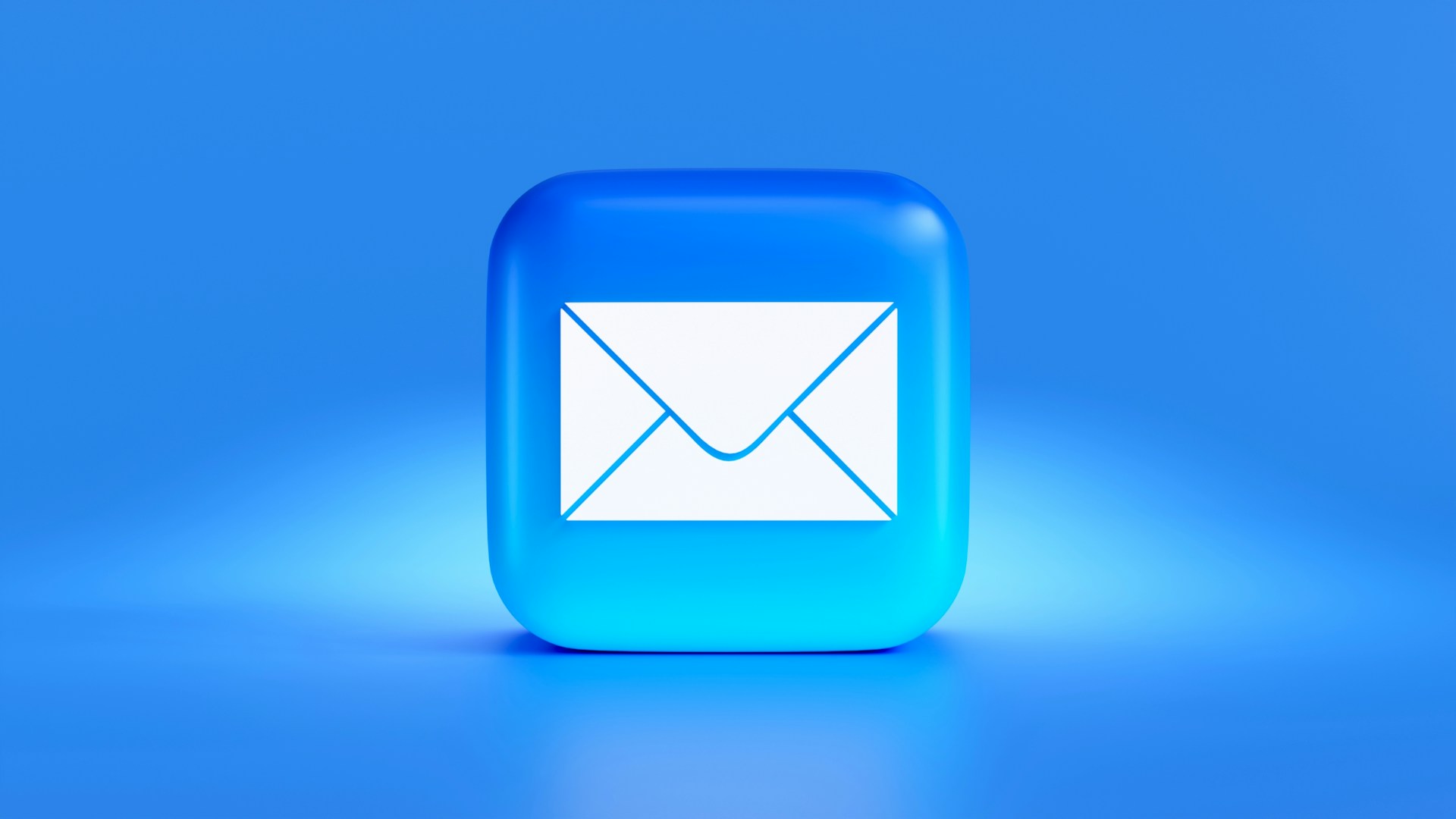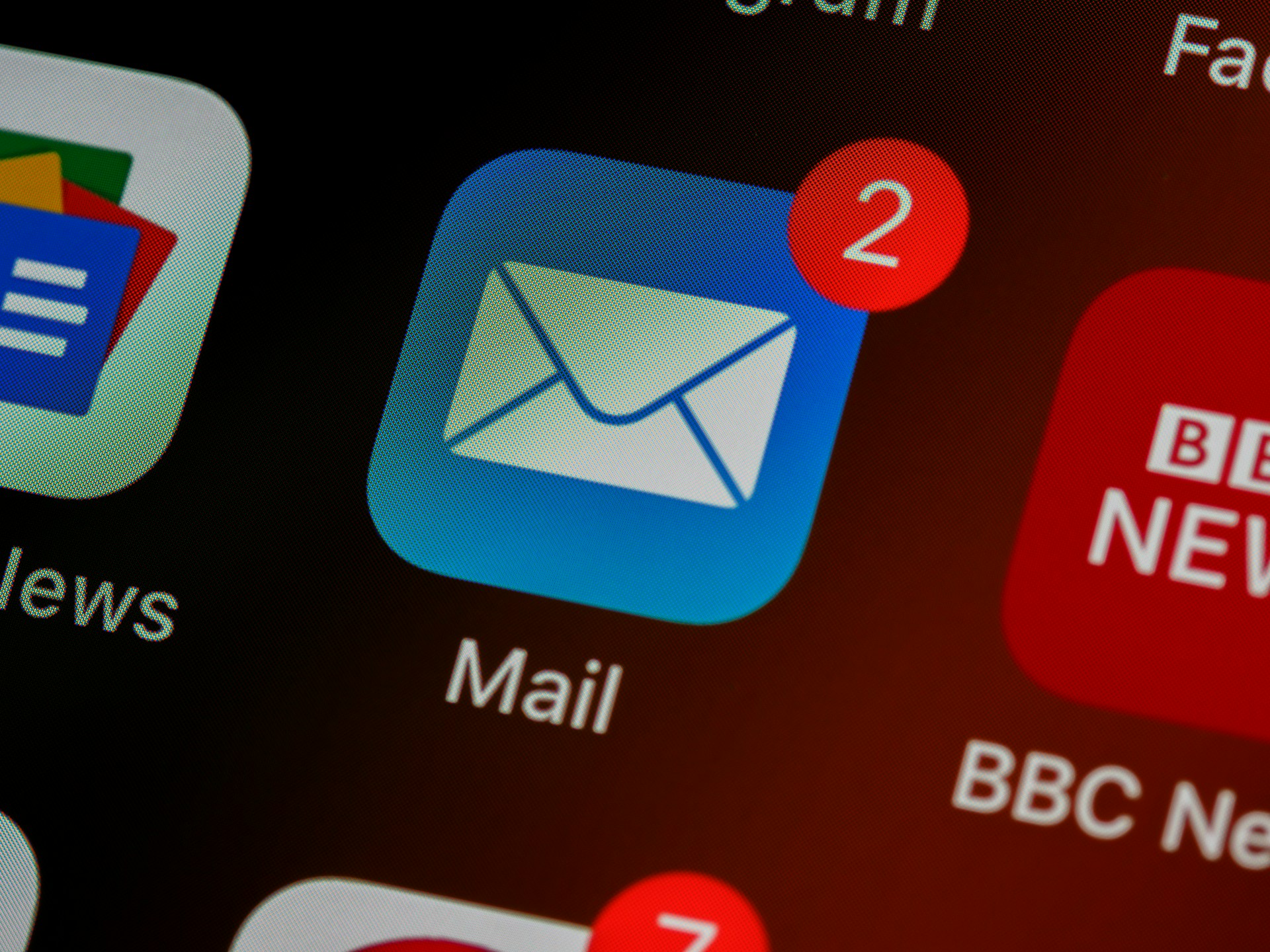CRM Segmentation for Lead Nurturing Emails
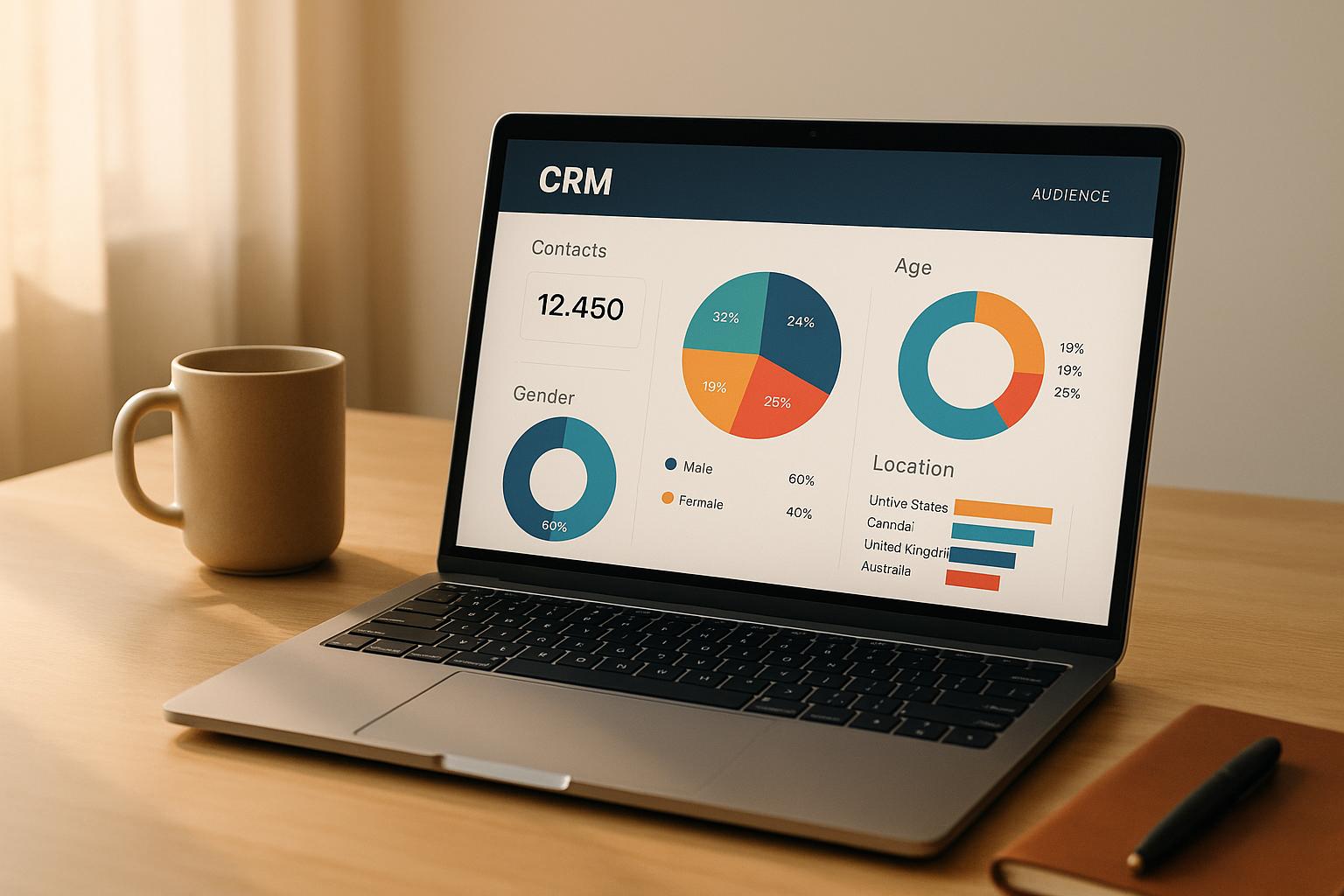
CRM segmentation transforms generic mass emails into personalized messages that resonate with specific audiences. By grouping leads based on shared traits like demographics, behaviors, or lifecycle stages, businesses can send tailored content that drives engagement and conversions. Here's what you need to know:
- Demographics: Segment by company size, industry, job role, or location to address unique needs.
- Behavioral Data: Use website activity, email engagement, and event participation to identify intent.
- Lifecycle Stage: Match content to where leads are in the sales funnel - awareness, consideration, decision, or post-purchase.
Automation tools, like Breaker, streamline this process by integrating with CRMs to create dynamic, real-time segments. This allows for precision targeting and personalized workflows without manual effort. Key metrics like open rates, click-through rates, and conversions help refine strategies over time, ensuring campaigns remain effective and relevant.
Segmentation is not static - regular analysis and updates ensure your approach evolves with audience behavior and market changes.
Segmenting Lists | 2025 HubSpot Tutorial
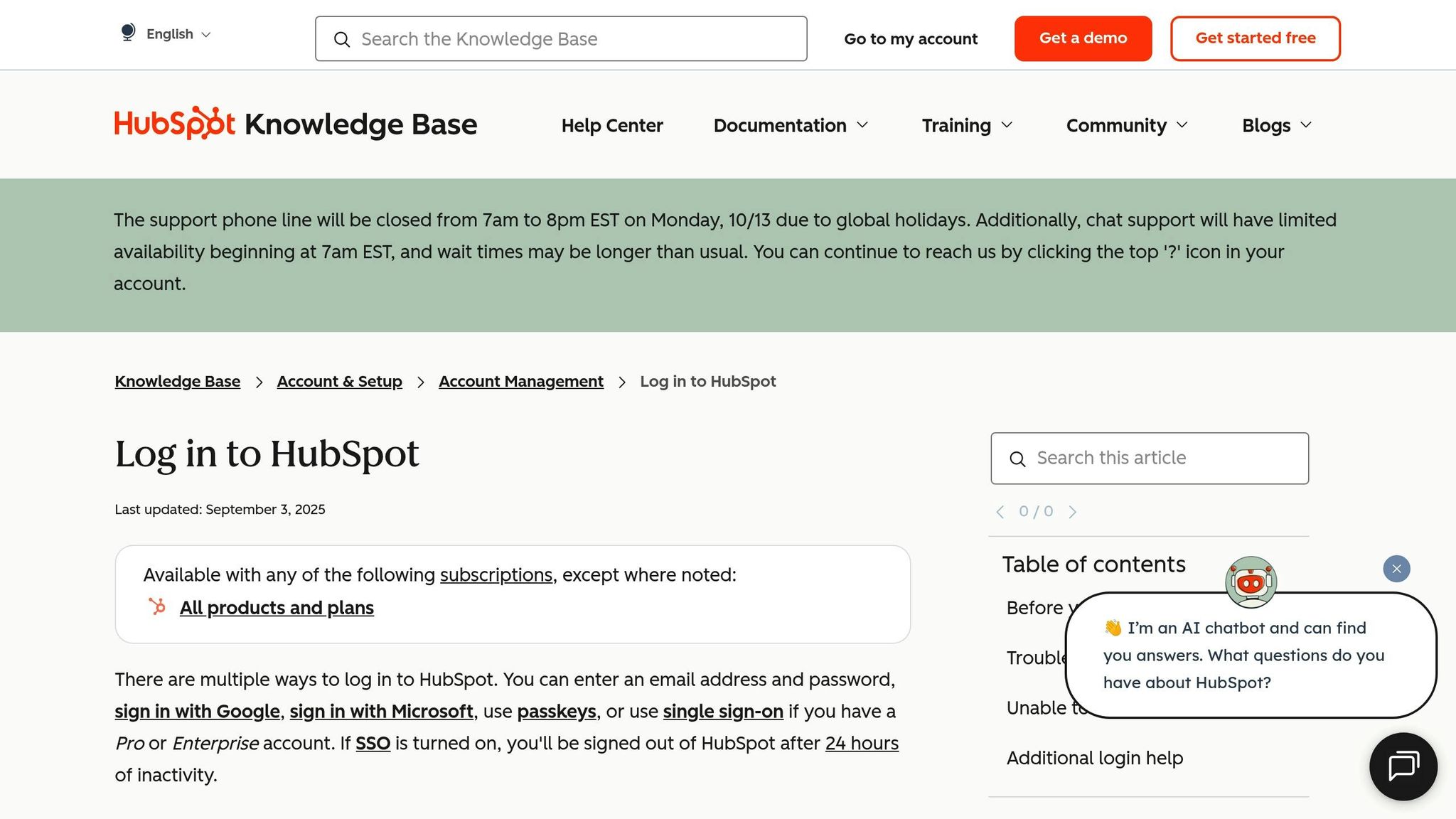
Key Segmentation Criteria for Email Campaigns
Segmenting your audience is a core part of any CRM strategy, especially when it comes to email campaigns. By grouping leads based on specific criteria, you can deliver messages that resonate with their unique needs and preferences. Here are three key ways to segment your audience, helping you craft emails that feel personal and relevant.
Demographics-Based Segmentation
Demographics are often the starting point for B2B segmentation. This method organizes leads based on company traits and individual roles, both of which play a big role in decision-making and communication styles.
- Company size impacts how decisions are made and the budget available. A small startup with 10 employees will likely move faster than a massive corporation with layers of approval processes.
- Industry vertical shapes specific needs. For example, healthcare companies may prioritize compliance with HIPAA, while retail businesses might care more about inventory management.
- Job titles and roles offer insights into what matters to each person. A Chief Technology Officer will focus on tech specs and security, while a Marketing Director might care more about campaign performance and lead generation tools.
- Geographic location affects factors like time zones, regulations, and even tone of communication. A casual tone might work for leads in California, while a more formal approach could resonate better with someone in New York.
While demographics provide a solid foundation, behavioral data takes segmentation to the next level.
Behavioral Data Segmentation
Behavioral segmentation digs into how leads interact with your brand. This approach focuses on actions rather than just attributes, offering a clearer picture of their interest and intent.
- Website activity reveals intent. For example, leads who spend time on your pricing page are likely closer to making a decision than those casually browsing your blog. Tracking visits, time spent, and downloads can help identify hot leads.
- Email engagement shows how leads interact with your communication. Someone who clicks on every email might need a different approach than a lead who only opens messages occasionally. Tailor your frequency and content based on their behavior.
- Content preferences highlight where leads are in their journey. A beginner downloading an introductory guide needs educational material, while someone accessing advanced resources might be ready for a sales pitch.
- Event participation signals strong interest. Whether they attended a webinar, visited your booth at a conference, or signed up for a demo, these leads are often more engaged and ready for personalized follow-ups.
Behavioral data gives you the tools to refine your messaging even further, ensuring your emails align with the recipient's actions.
Lifecycle Stage Segmentation
Segmenting by lifecycle stage ensures your message matches where the lead is in their buying journey. This prevents sending irrelevant content, like advanced sales material to someone still exploring their options.
- Awareness stage leads are just starting to understand their challenges. They benefit from educational content like trend reports, industry insights, or resources that help them identify their problems.
- Consideration stage prospects are actively comparing solutions. They respond well to detailed guides, customer success stories, and in-depth feature breakdowns.
- Decision stage leads are ready to choose. These prospects need personalized demos, pricing discussions, and implementation details to finalize their decision.
- Post-purchase stage includes onboarding new customers, upselling existing ones, or preparing for renewals. Tailored messaging here keeps clients engaged and opens doors for future opportunities.
The best segmentation strategies combine these criteria. For example, an enterprise healthcare lead who frequently interacts with your content represents a much different opportunity than a small retail business owner who rarely engages, even if they’re at the same stage of the buying process. By layering demographic, behavioral, and lifecycle data, you can create truly targeted campaigns that drive results.
Step-by-Step Guide to CRM Segmentation for Lead Nurturing
Creating effective CRM segments starts with organizing your customer data and crafting workflows that nurture leads based on their specific traits.
Centralizing Customer Data in the CRM
To avoid blind spots in your lead nurturing efforts, centralize all your customer data. Start by gathering these key data types:
- Demographic data: Includes details like company size, industry, job titles, and geographic location.
- Psychographic data: Covers attitudes, interests, and values.
- Behavioral data: Tracks how leads interact with your website, emails, and other content.
- Transactional data: Encompasses purchase history, spending habits, and customer lifetime value.
Ensure seamless data flow into your CRM by integrating all relevant marketing platforms. To maintain accuracy, use validation rules, clean up duplicates, and update data regularly.
Once your data is centralized, you can analyze it to uncover valuable insights and create meaningful segments.
Defining Segments Using Key Criteria
Dive into your data to spot patterns that can guide segmentation. Combining multiple criteria often yields the best results. For example, linking demographic information with purchasing behavior can help you identify natural audience groupings.
This approach allows for a more personalized strategy. Introduce a lead scoring system to assign values to specific customer actions, enabling you to prioritize nurturing efforts and identify leads that are ready for sales. Use dynamic segmentation to automatically update lead statuses as they progress, and consider hybrid segments that layer multiple factors for targeted communication. Regularly test and refine your segmentation strategy using performance analytics to ensure its effectiveness.
Building Automated Email Workflows
Segmentation is most effective when paired with timely, tailored communications. Create automated workflows for each segment by mapping out the customer journey and employing trigger-based automation.
Experiment with different email frequencies, subject lines, content, and calls-to-action to find what resonates best. Establish clear exit criteria - for instance, when a lead converts or stops engaging - to ensure your communications remain relevant.
Using an email platform like Breaker can simplify this process. Breaker offers features like a user-friendly interface, automated lead generation, and real-time performance insights, all of which can help you optimize your workflows for better results.
sbb-itb-8889418
Using Automation and CRM Integrations
Pairing CRM segmentation with automation platforms is a game-changer for creating dynamic, responsive email campaigns. Let’s dive into the automation features and CRM integration steps that make these campaigns work seamlessly.
Automation Features for Lead Nurturing
Automation takes lead nurturing to the next level by identifying and categorizing leads based on predefined criteria. Once categorized, leads are funneled into personalized nurturing sequences, ensuring consistent engagement across all segments.
With precision targeting, you can analyze behavioral patterns, engagement history, and demographics to craft highly specific audience segments. This approach ensures your messages reach the right people at the perfect moment in their buyer’s journey.
Real-time analytics provide instant feedback on metrics like open rates, click-through rates, and conversions. This allows for on-the-fly adjustments - whether it’s refining underperforming segments or scaling up successful campaigns.
Breaker enhances these automation features by seamlessly integrating with your CRM, ensuring that customer data is always up-to-date. This integration not only boosts engagement but also provides immediate insights into how your segments are performing.
Integrating CRM with Automation Platforms
Connecting your CRM with automation tools ensures that every customer interaction triggers real-time, personalized responses. From initial contact to purchase history, every piece of data informs your nurturing strategy.
At the heart of this integration is effective data synchronization. When your CRM automatically updates and shares customer information with your email platform, your segments stay accurate and relevant. For example, if a lead moves from "prospect" to "qualified opportunity", they can instantly receive tailored content without requiring manual updates.
Trigger-based automation rules take this further by replacing static, time-based sequences. For instance, if a lead’s company size changes in your CRM, they can automatically shift to a segment designed for enterprise prospects and start receiving content tailored to their needs.
Breaker simplifies this process by offering direct connections to popular CRM systems. Its unlimited email validation features keep your contact lists clean and accurate, while deliverability management ensures your campaigns land in the right inboxes. Plus, with support for unlimited users, your sales and marketing teams can collaborate effortlessly, leveraging shared CRM insights to fine-tune lead nurturing strategies.
Measuring and Optimizing CRM-Segmented Email Campaigns
CRM segmentation only works if you keep an eye on performance and tweak your approach. By analyzing campaign data, you can uncover what’s working and make adjustments to improve results.
Key Metrics for Campaign Performance
To know if your segmented email campaigns are hitting the mark, focus on these key metrics:
- Open rates: This is your first clue about how relevant your segments are. If your segments are well-defined, you’ll see higher open rates. Compare open rates across segments to figure out which criteria resonate most with your audience.
- Click-through rates (CTR): CTR shows how well your content aligns with what each segment expects. If a segment has high open rates but low CTR, it might mean your subject lines are enticing but the content inside doesn’t deliver.
- Conversion rates: This is the ultimate measure of success - how many recipients take the action you want, whether that’s signing up for a demo, downloading a guide, or making a purchase. Segmented campaigns often outperform generic ones when it comes to conversions.
- Unsubscribe rates: High unsubscribe rates in a segment can be a red flag. It might mean your content isn’t hitting the mark or your criteria for that segment are too broad.
- Revenue per email: By dividing the total revenue from a segment by the number of emails sent, you can see which groups are driving the most value. This helps you focus your resources on the segments that deliver the best ROI.
- List growth rate: This metric shows whether your efforts are attracting similar prospects. If a segment is growing steadily, it’s a sign that your CRM is capturing leads with consistent characteristics.
These metrics aren’t just numbers - they’re clues that help you fine-tune your segmentation strategy.
Refining Segments Based on Analytics
Analytics turn raw data into actionable insights. Start by identifying your top-performing segments - the ones with the best engagement and conversion rates. Study what’s working for these groups and see if you can apply those strategies to others.
- Engagement scoring: Assign points to actions like opens, clicks, and downloads to track how engaged each segment is over time. If a segment’s score is dropping, it might be time to refresh your content or rethink your criteria.
- Behavioral pattern analysis: Look for trends in how segments interact with your emails. For instance, you might discover that leads from a particular industry engage more on specific days or prefer certain types of content. These insights can help you refine your segmentation.
- A/B testing within segments: Instead of testing across your entire list, try testing subject lines or content within specific segments. This gives you a clearer picture of what works for each group.
- Segment lifecycle tracking: Monitor how leads move through the sales funnel - from awareness to decision-making. If you notice bottlenecks, it might mean you need to create content that helps move leads to the next stage.
- Cross-segment analysis: Sometimes, two segments might show similar engagement and conversion patterns. In that case, combining them could simplify your campaign management. On the flip side, if a segment shows varied performance, breaking it into smaller, more targeted groups could help.
Platforms like Breaker make this process easier by providing real-time analytics. You can see which segments are thriving and which need adjustments, all without pausing your campaigns.
To stay on top of things, set up regular review cycles - monthly, quarterly, or whatever works best for your team. These check-ins will help you keep your segmentation strategy aligned with your goals and any changes in the market.
Conclusion: The Power of CRM Segmentation
CRM segmentation isn't just a buzzword - it's a game-changer for businesses looking to connect meaningfully with their audience. By categorizing your audience based on demographics, behavior, and lifecycle stages, you open the door to creating personalized experiences that resonate with prospects who are ready to engage.
Tailored campaigns consistently outperform generic ones. Think about it: when a software company sends demo invitations to enterprise leads while sharing case studies with early-stage prospects, each group gets content that speaks directly to their needs. This kind of relevance isn't just appreciated - it drives higher open rates, better click-through rates, and more conversions.
Automation takes this to another level. Your CRM tracks every interaction, and automated workflows ensure that each lead gets messages tailored to their unique traits and behaviors. This allows you to scale personalization without overwhelming your team, making your outreach both efficient and effective.
Tools like Breaker simplify the process even further. With real-time analytics and seamless CRM integration, you can monitor which segments respond best, tweak your strategy in real time, and ensure your messages land where they’re supposed to - with high deliverability rates to boot.
The true strength of CRM segmentation lies in turning guesswork into actionable insights. You're no longer relying on assumptions; instead, you're crafting campaigns based on solid data like industry, company size, engagement history, and where each prospect is in their buying journey.
Keep in mind that segmentation is never a one-and-done effort. As you gather more data, your segments will naturally evolve, and your campaigns will improve as you fine-tune them based on performance metrics. Start with clear criteria, test your ideas, and let the data guide you. Over time, this iterative approach will help you build stronger connections and achieve better results.
FAQs
How does CRM segmentation make lead nurturing emails more effective than generic mass emails?
Using CRM segmentation can transform your lead nurturing emails by making them more personalized and relevant to your audience. Instead of blasting out generic, one-size-fits-all messages, segmentation allows you to tailor your emails based on customer needs, preferences, and behaviors. The result? Emails that feel personal, engage your audience, and build trust.
When done right, segmentation ensures you're delivering the right message to the right people, which can dramatically improve engagement and help move leads through the sales funnel faster. In fact, segmented campaigns often lead to higher conversion rates and even drive revenue growth. Unlike impersonal mass emails, this approach fosters meaningful interactions that truly connect with recipients, making your communication more effective and impactful.
How can I effectively use CRM data with automation tools to improve email campaigns?
To get the most out of your CRM data with automation tools, begin by setting clear goals for your campaign and making sure your data is both accurate and current. Automating the synchronization between your CRM and email platform can save time and ensure your information stays consistent.
Leverage CRM insights to craft personalized emails - adjusting content to align with customer behavior or preferences. Make sure your team is well-trained in handling data correctly, and take the time to segment your audience in a way that makes sense for your objectives. Regularly track your campaign's performance and tweak your approach as needed to keep improving your results.
What’s the best way to measure and improve the performance of CRM-segmented email campaigns?
To measure how well your CRM-segmented email campaigns are performing, keep an eye on key metrics like open rates, click-through rates, and conversion rates. These numbers give you a clear picture of how effectively your emails are capturing attention, encouraging interaction, and driving the actions you’re aiming for.
It’s equally important to break down performance by segment. Pinpointing which groups respond the best allows you to sharpen your targeting and tweak your messaging so it connects more deeply with each audience. By consistently reviewing these metrics and making adjustments to your segmentation and content strategies, you can keep your campaigns engaging and aligned with your goals.



